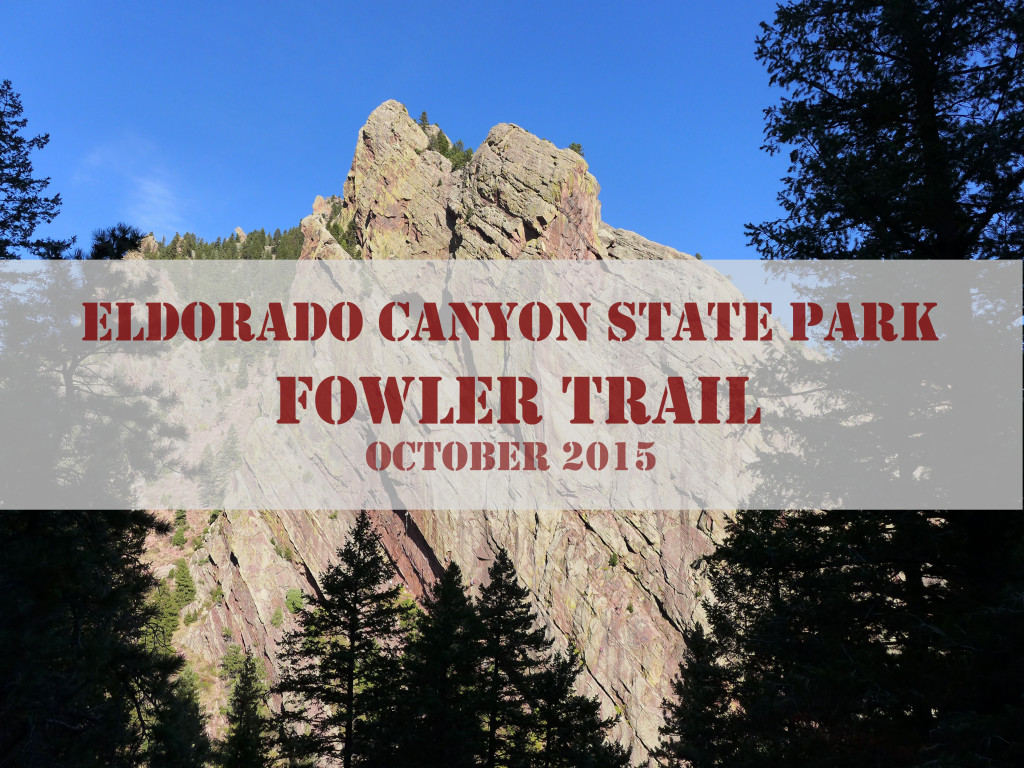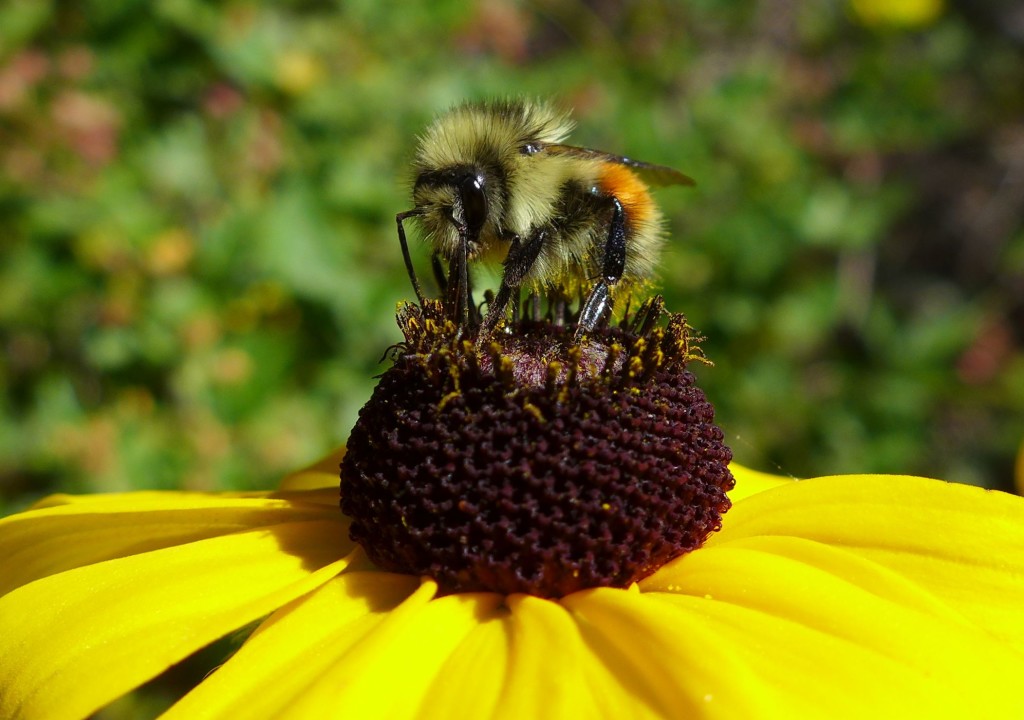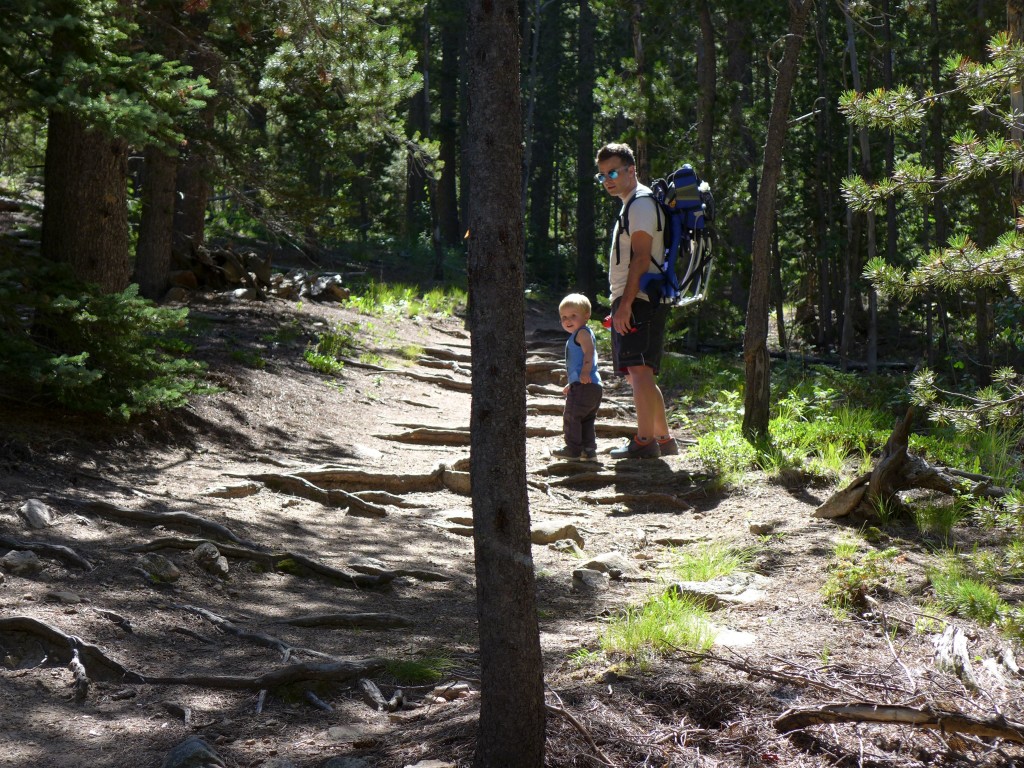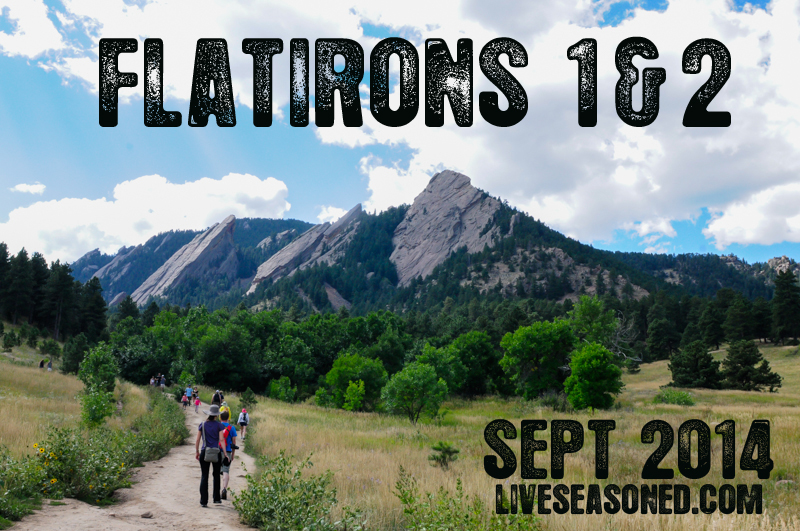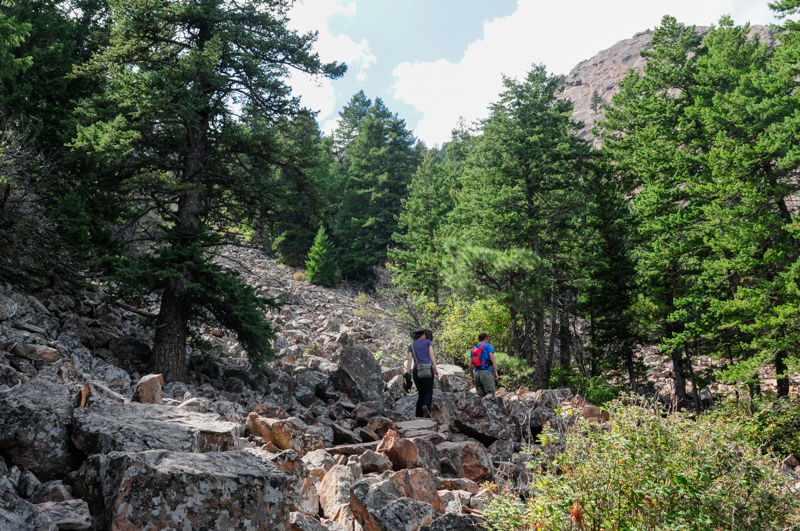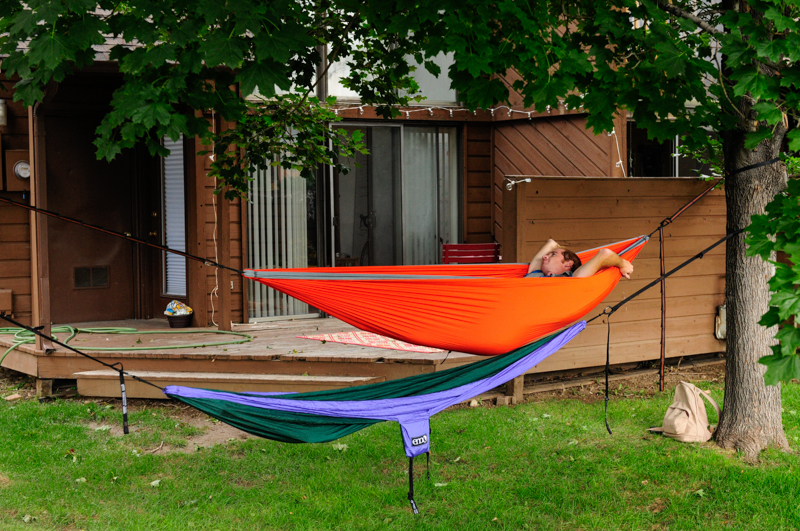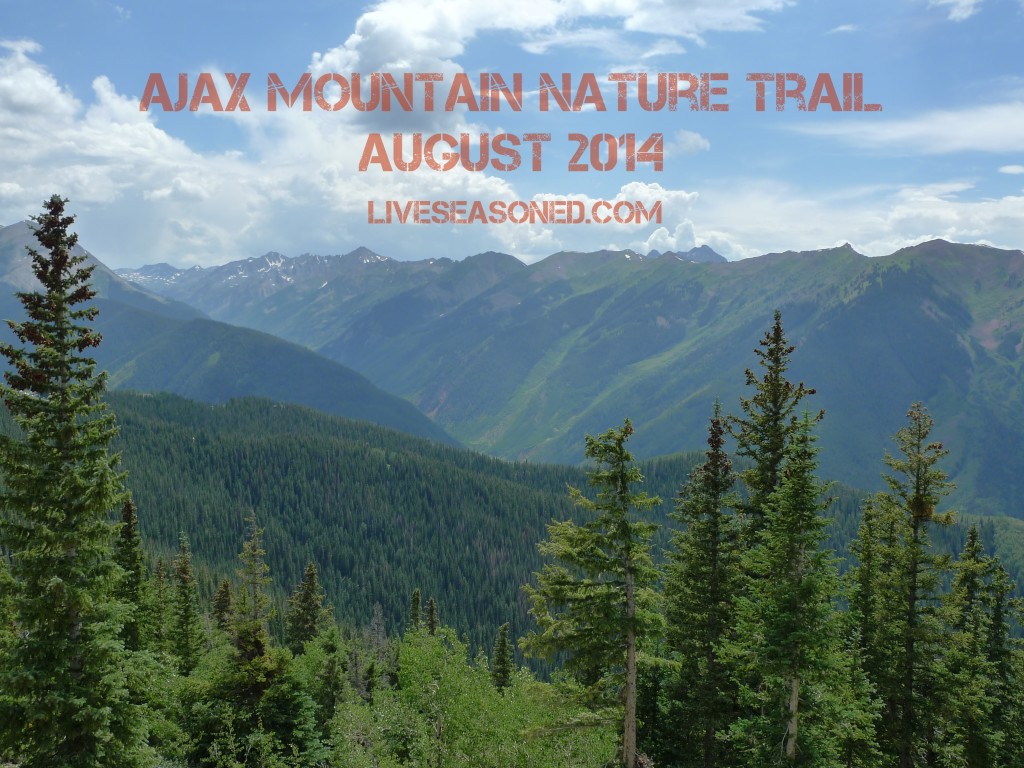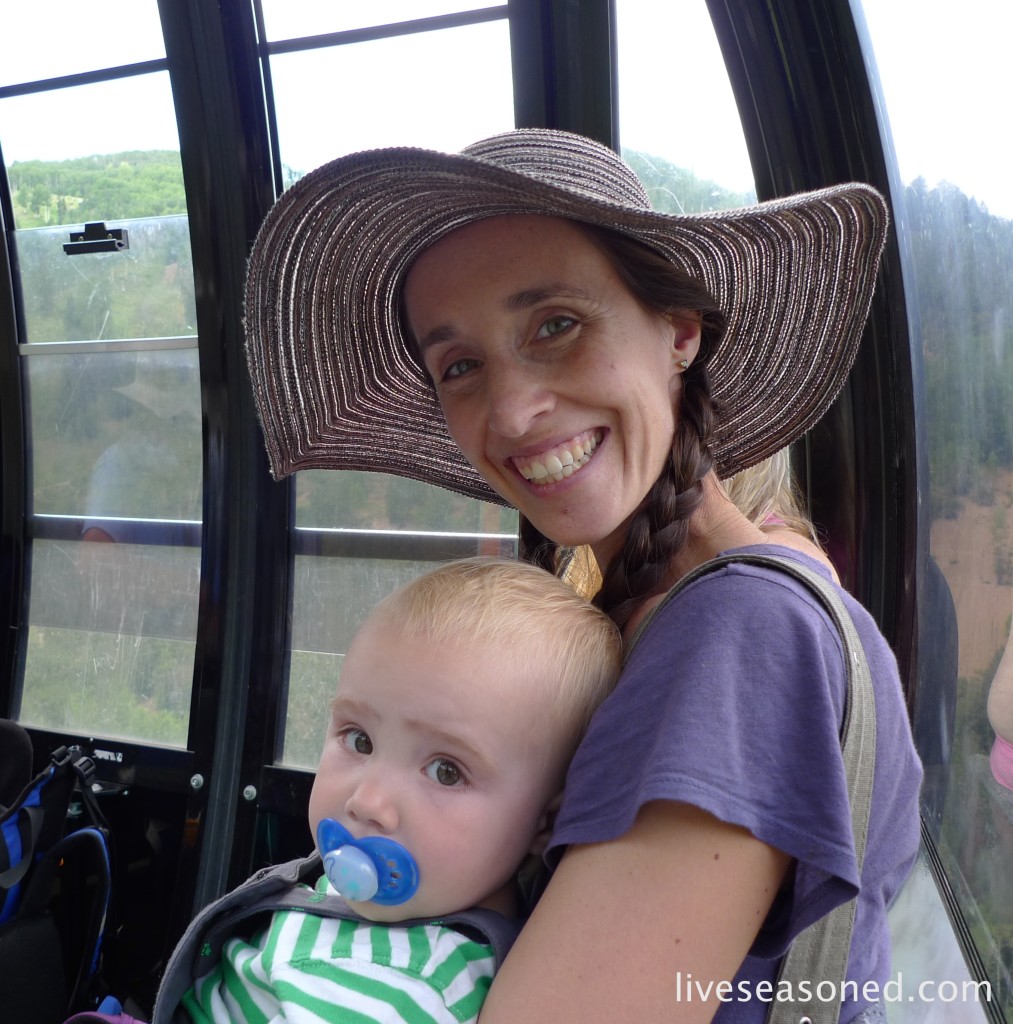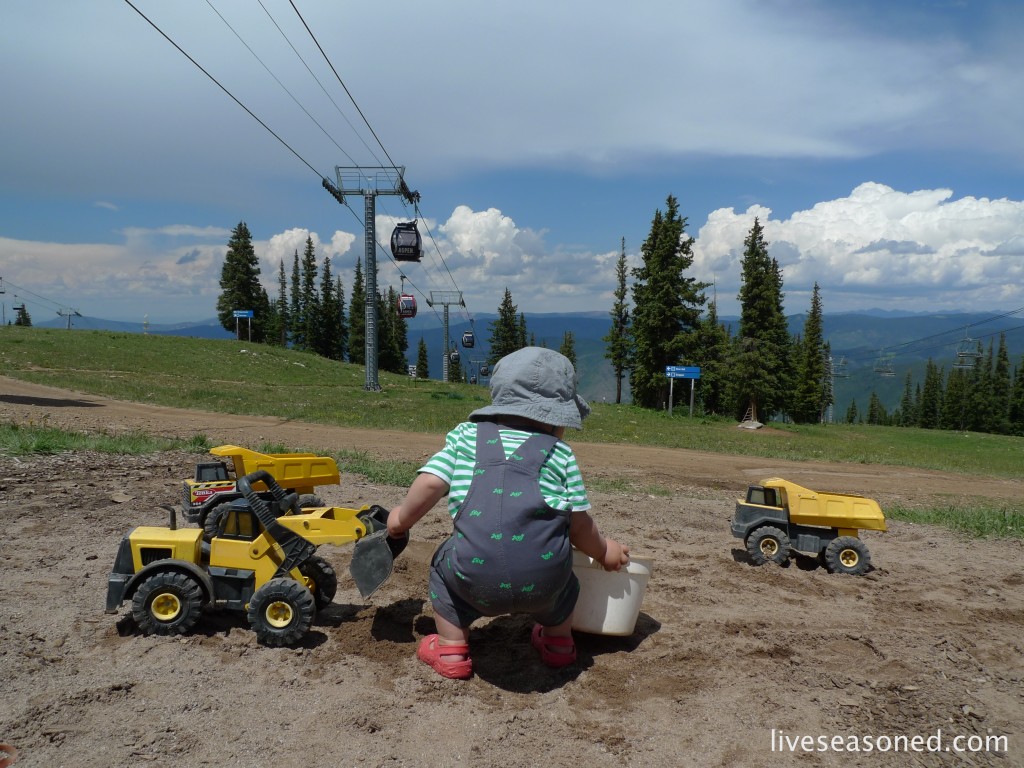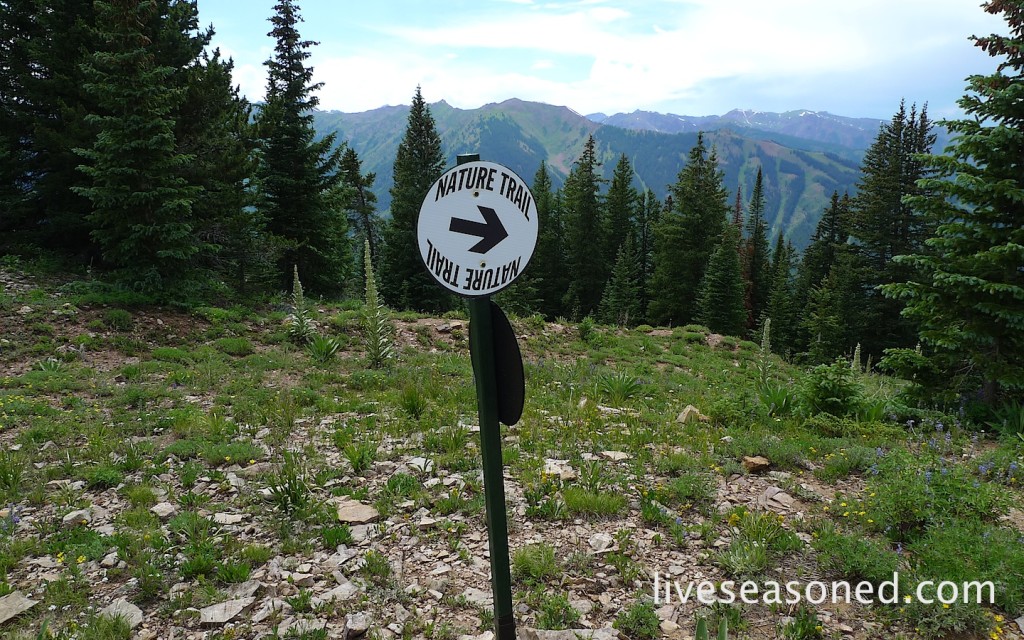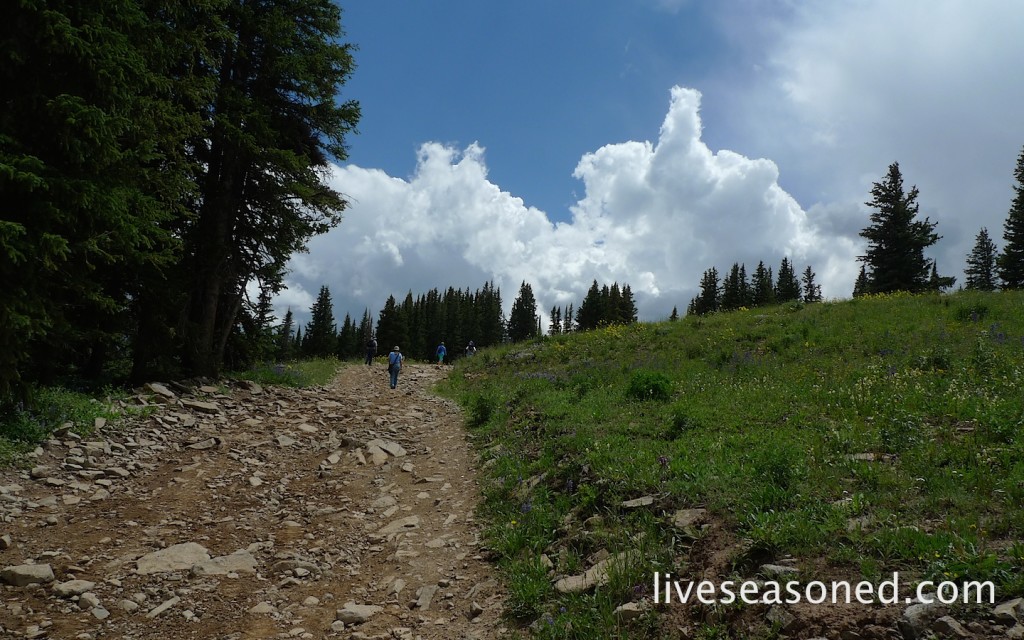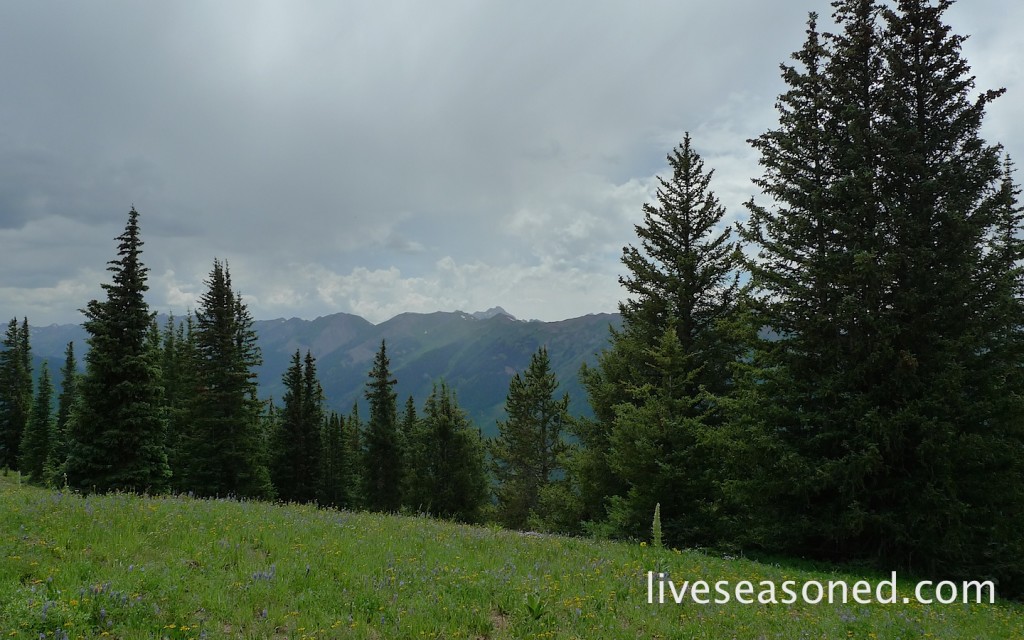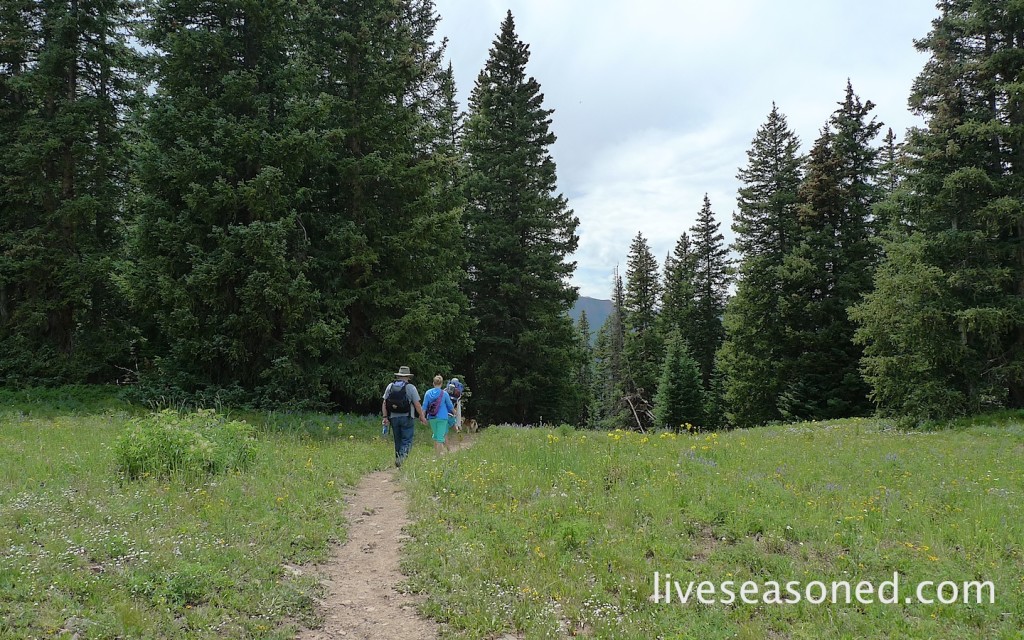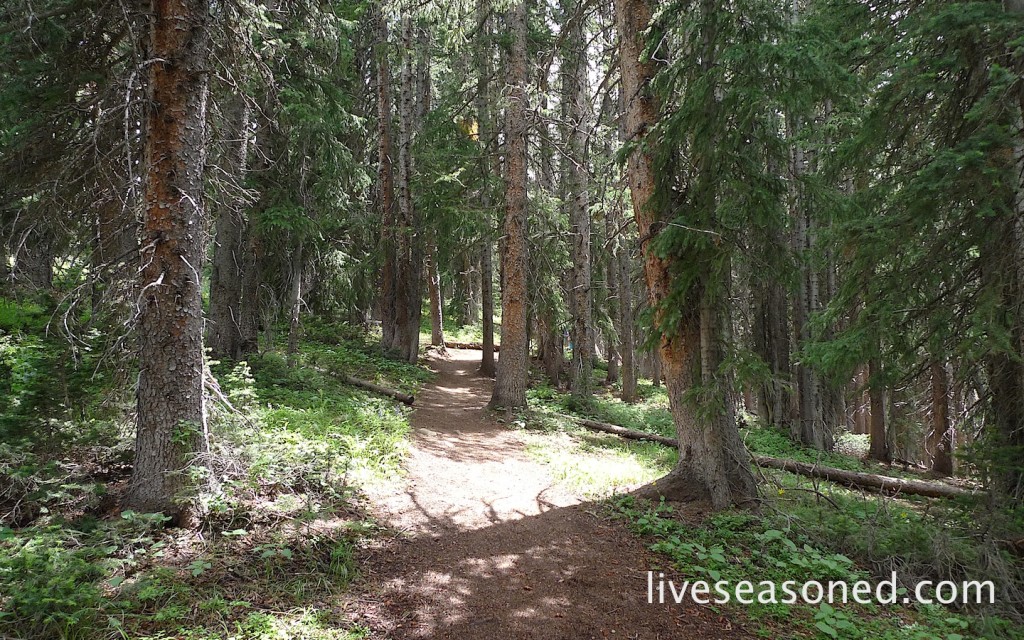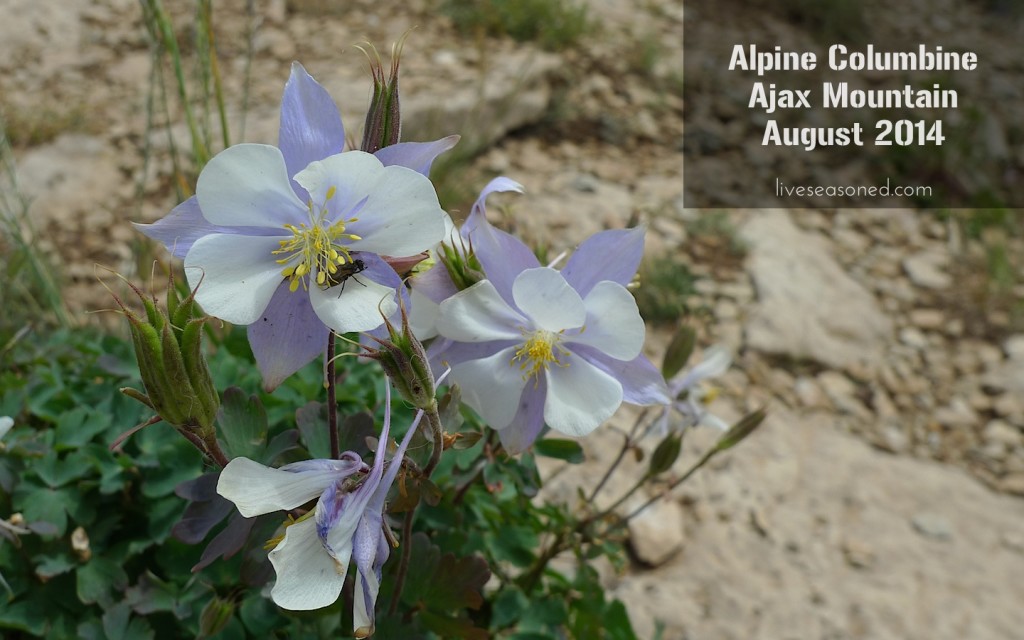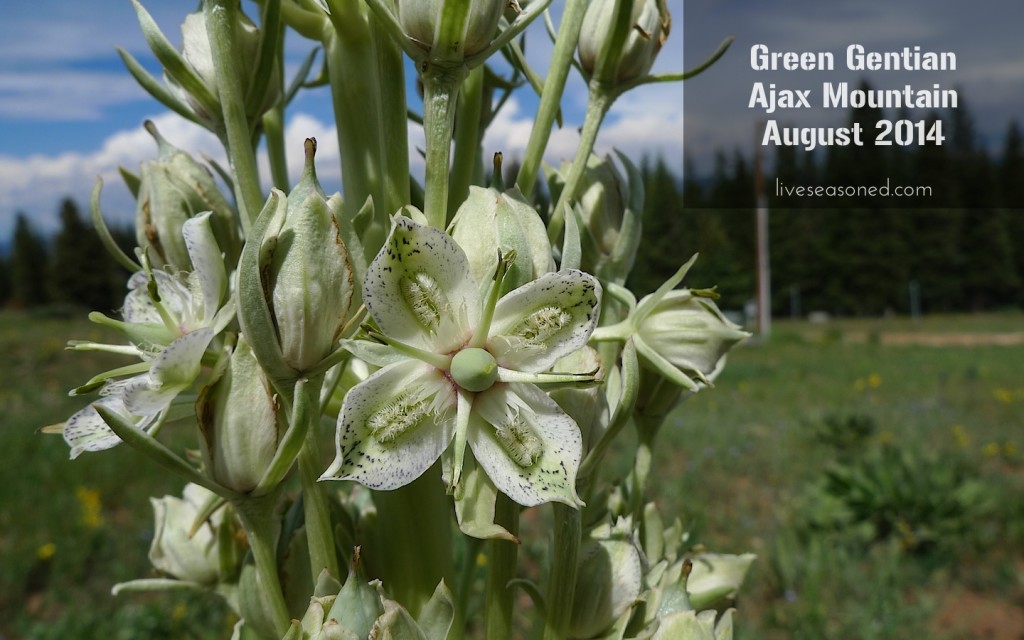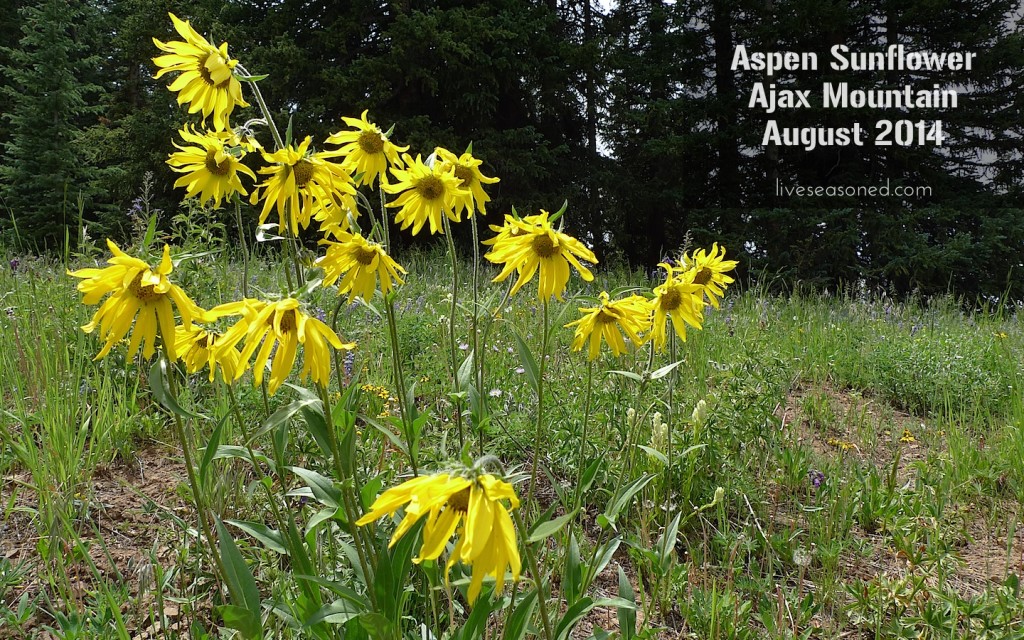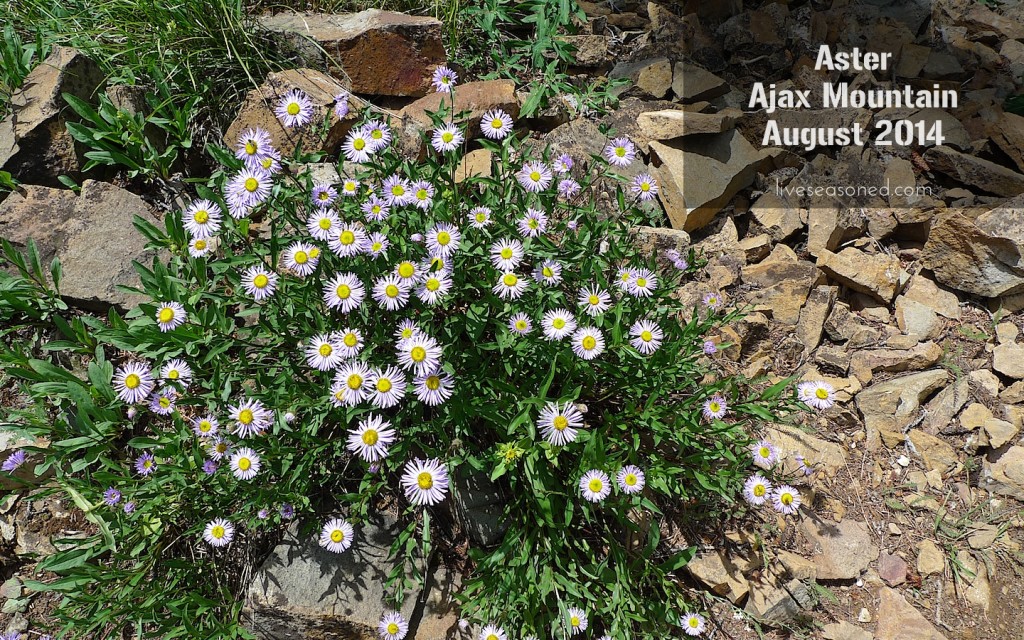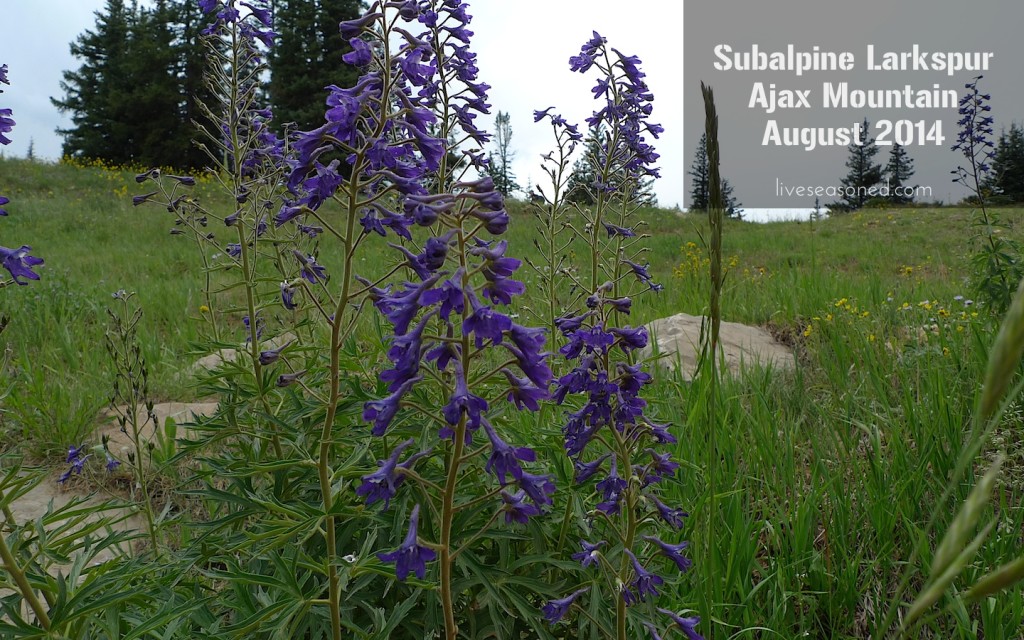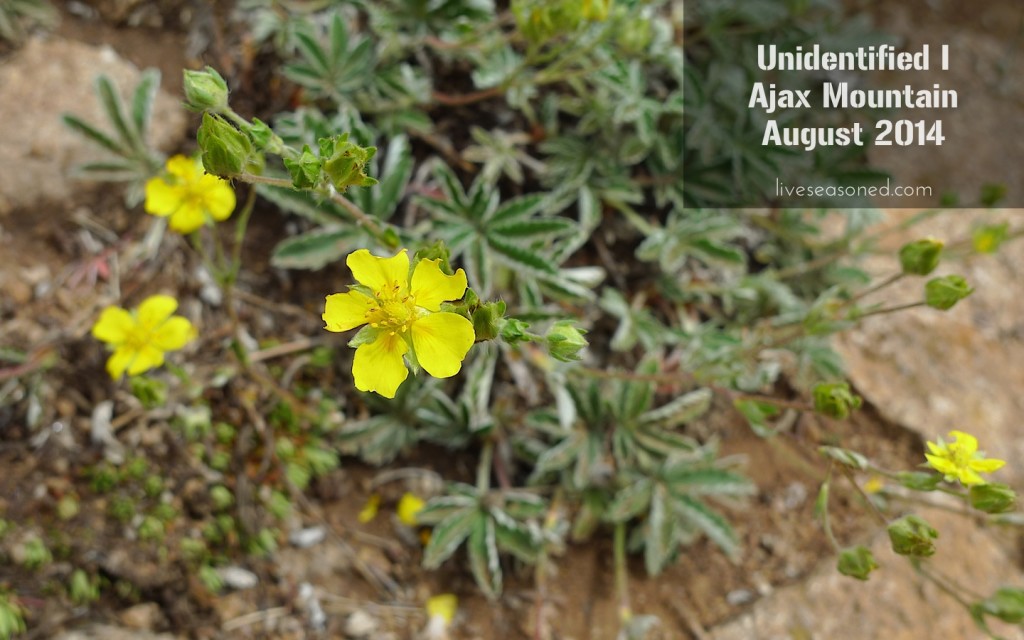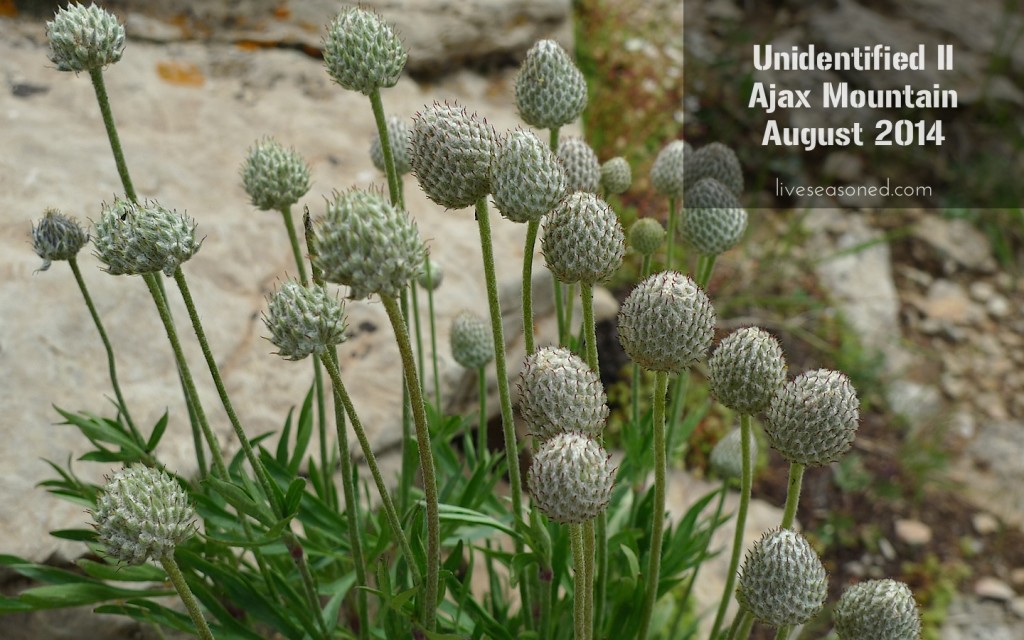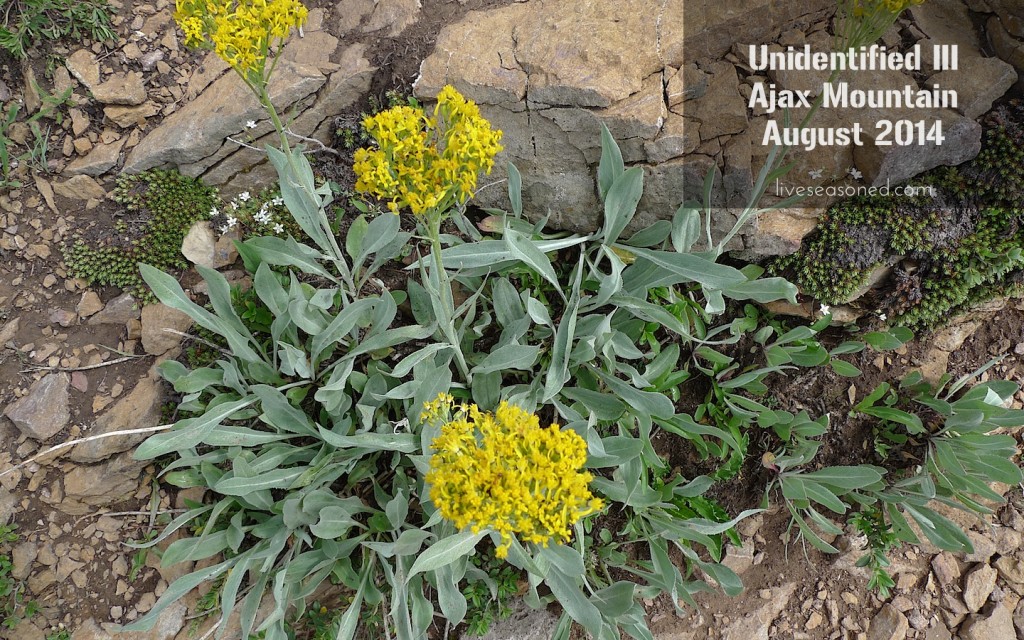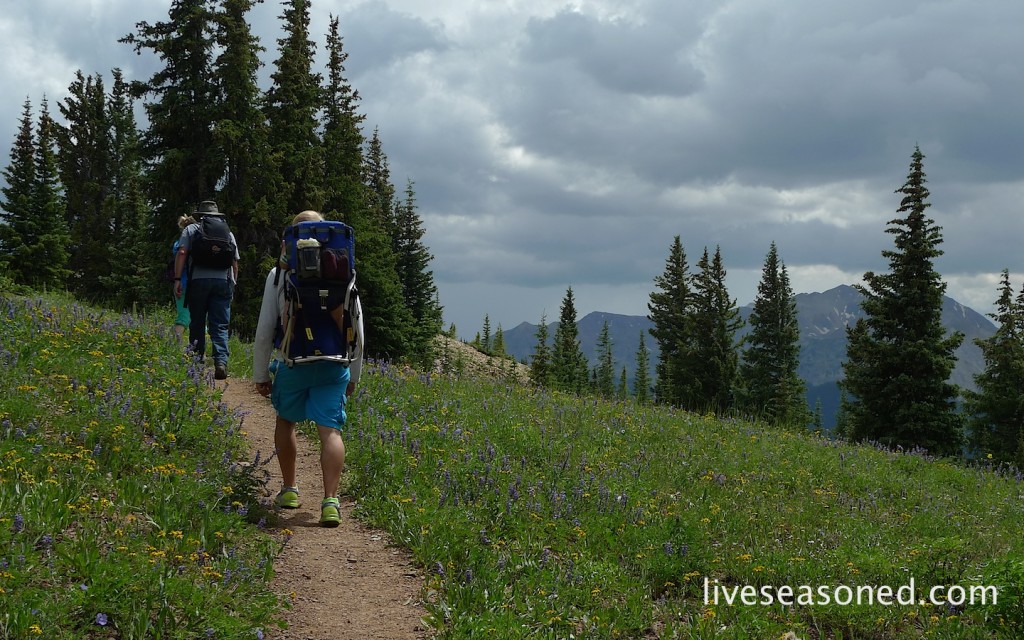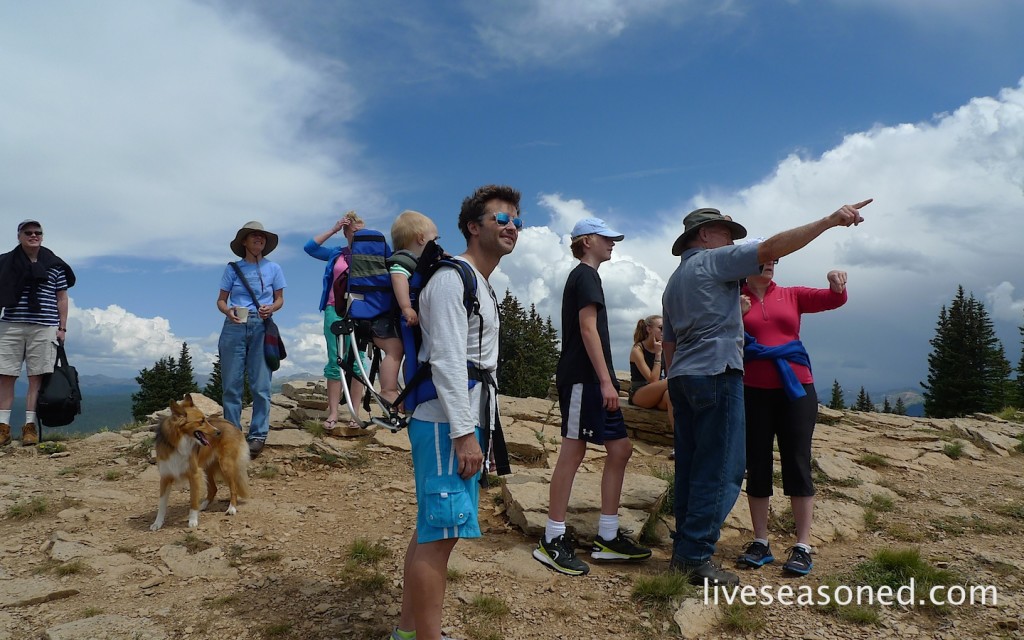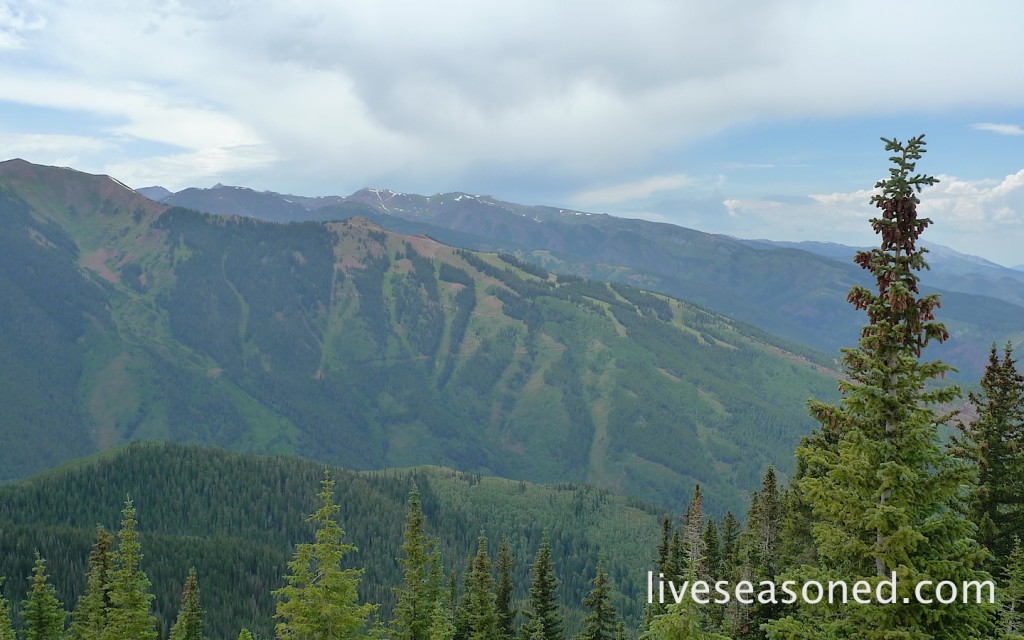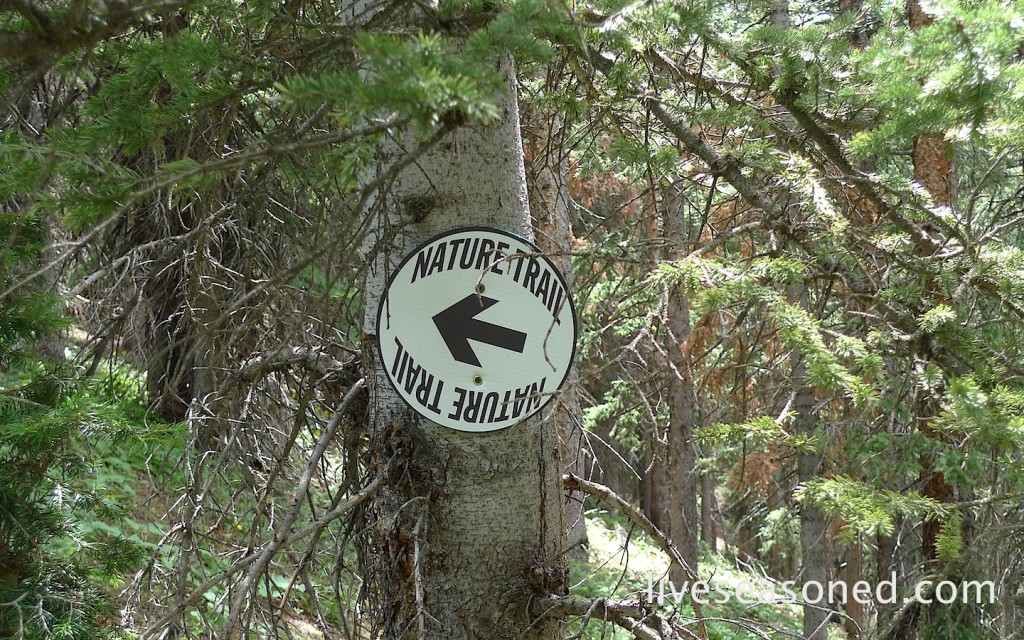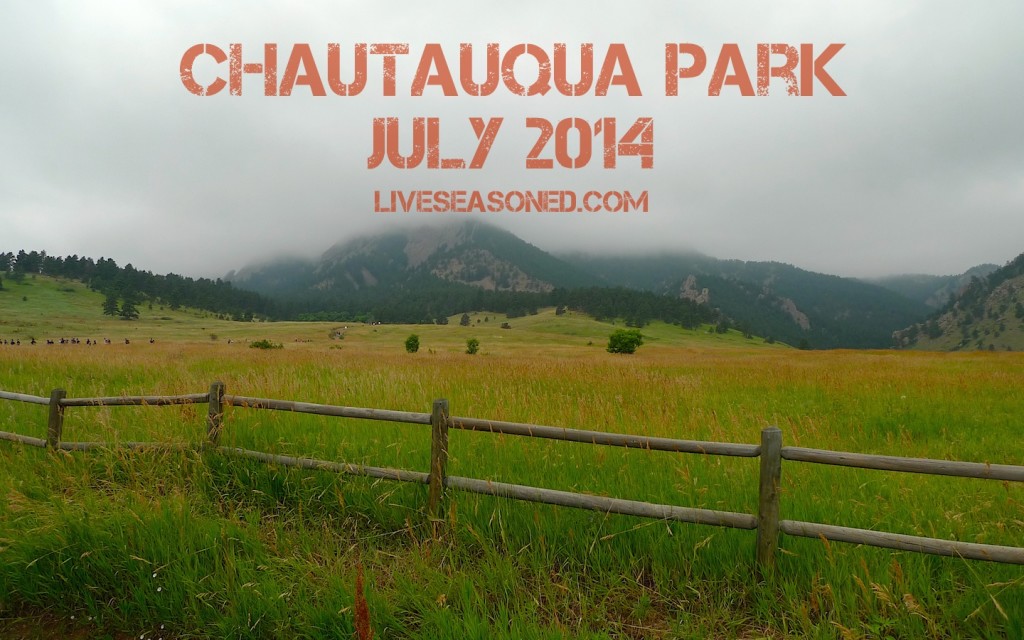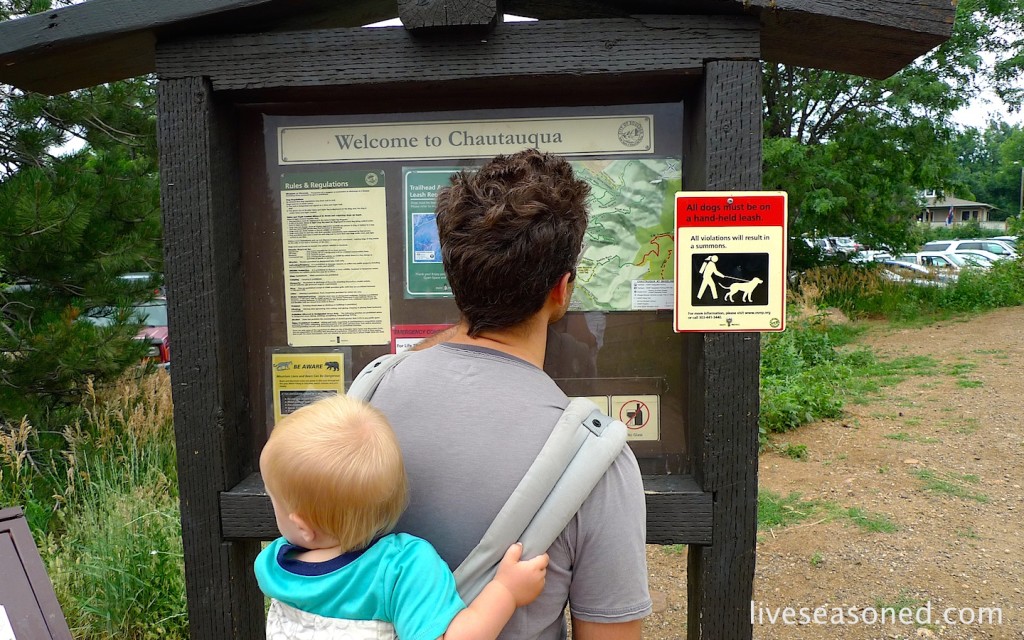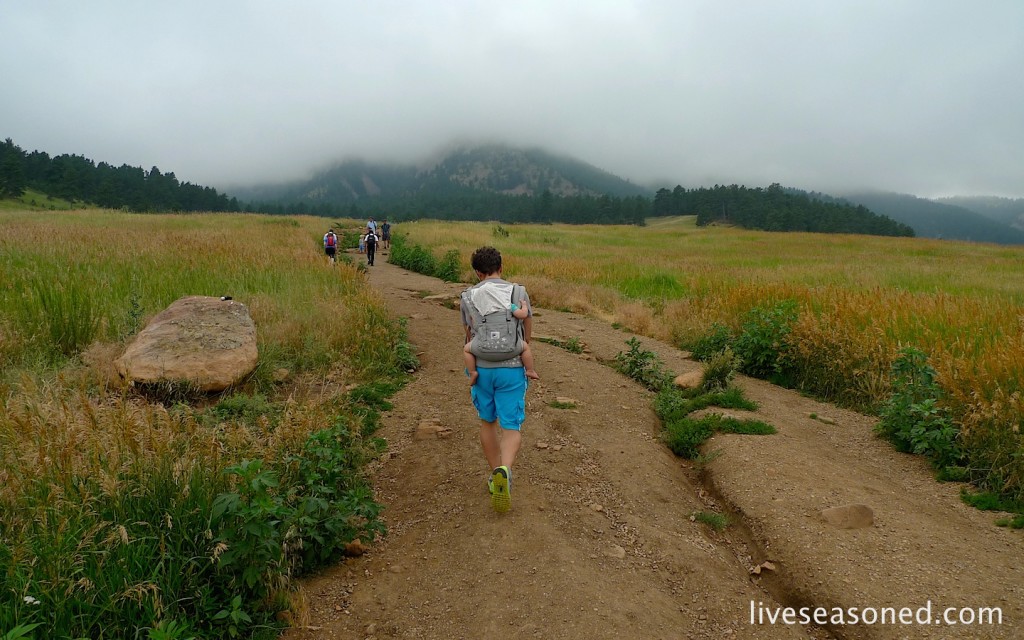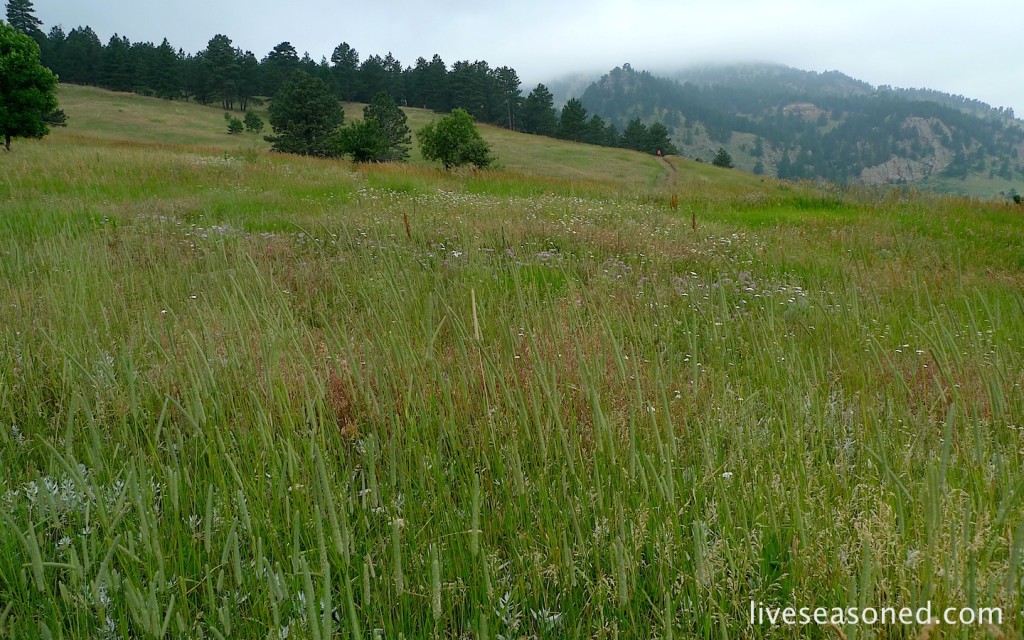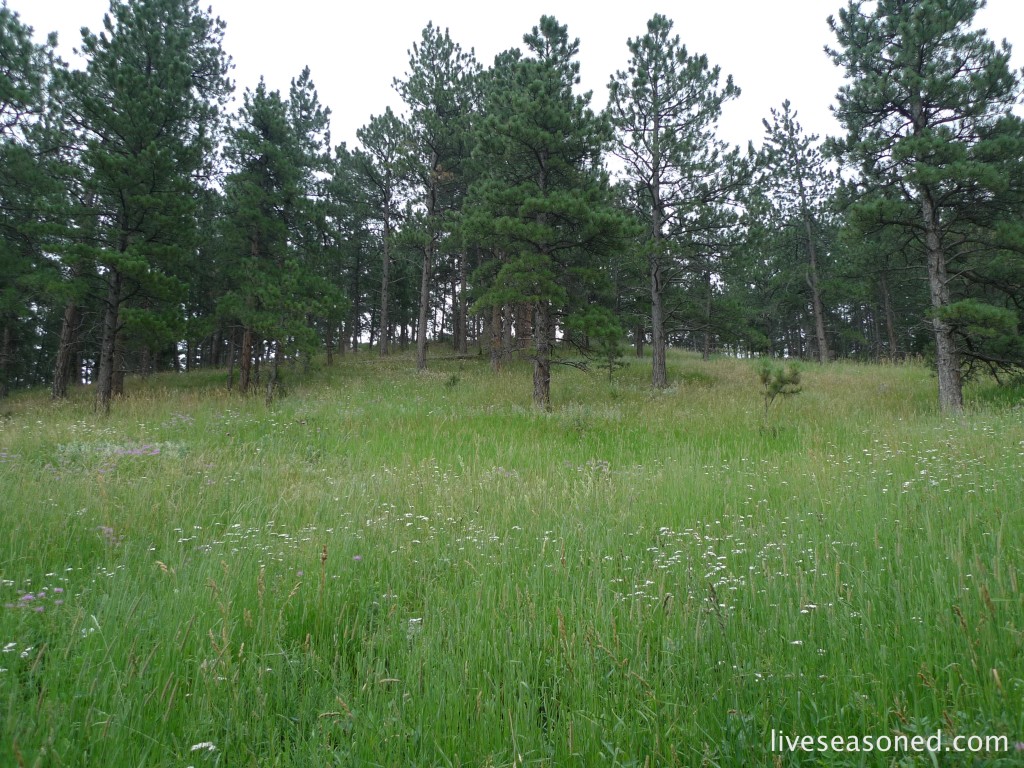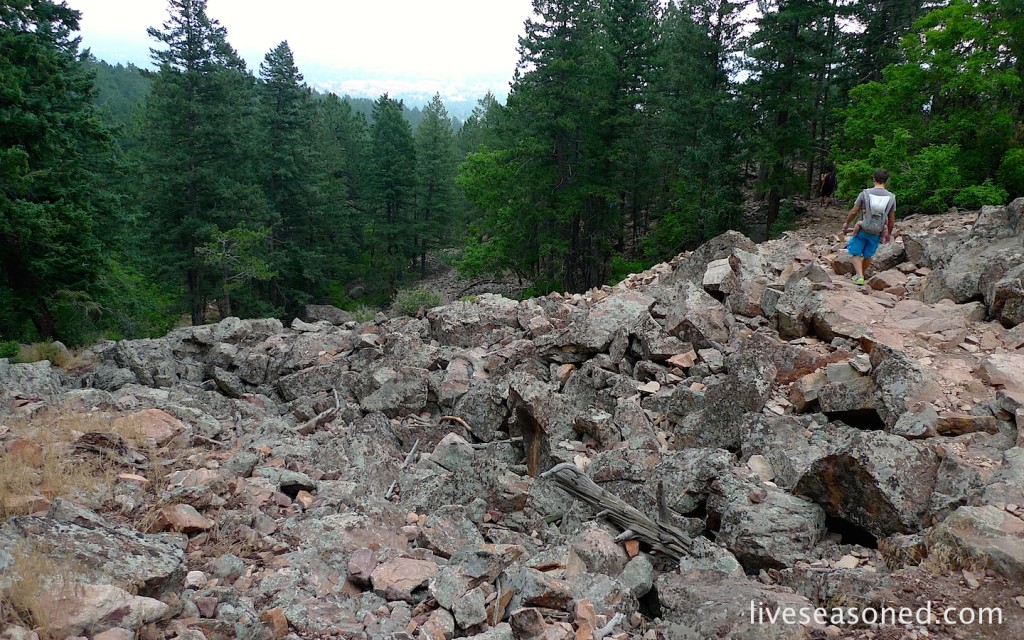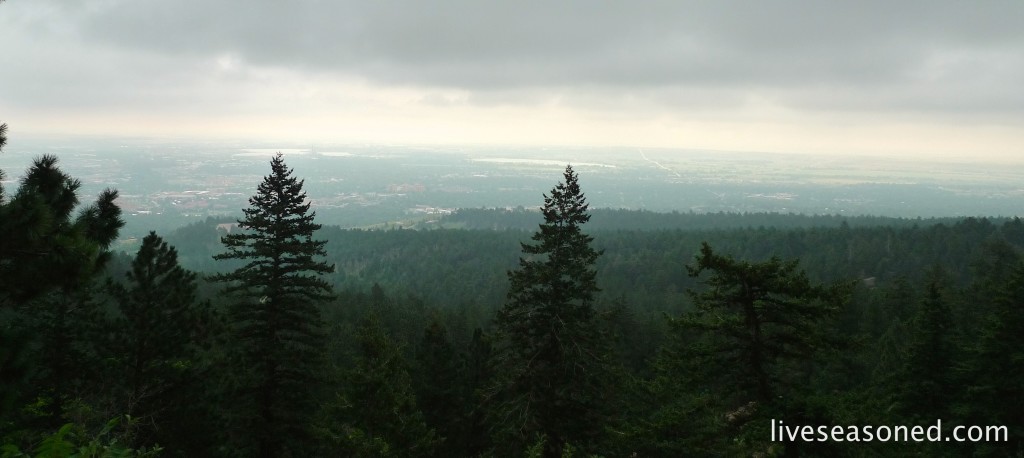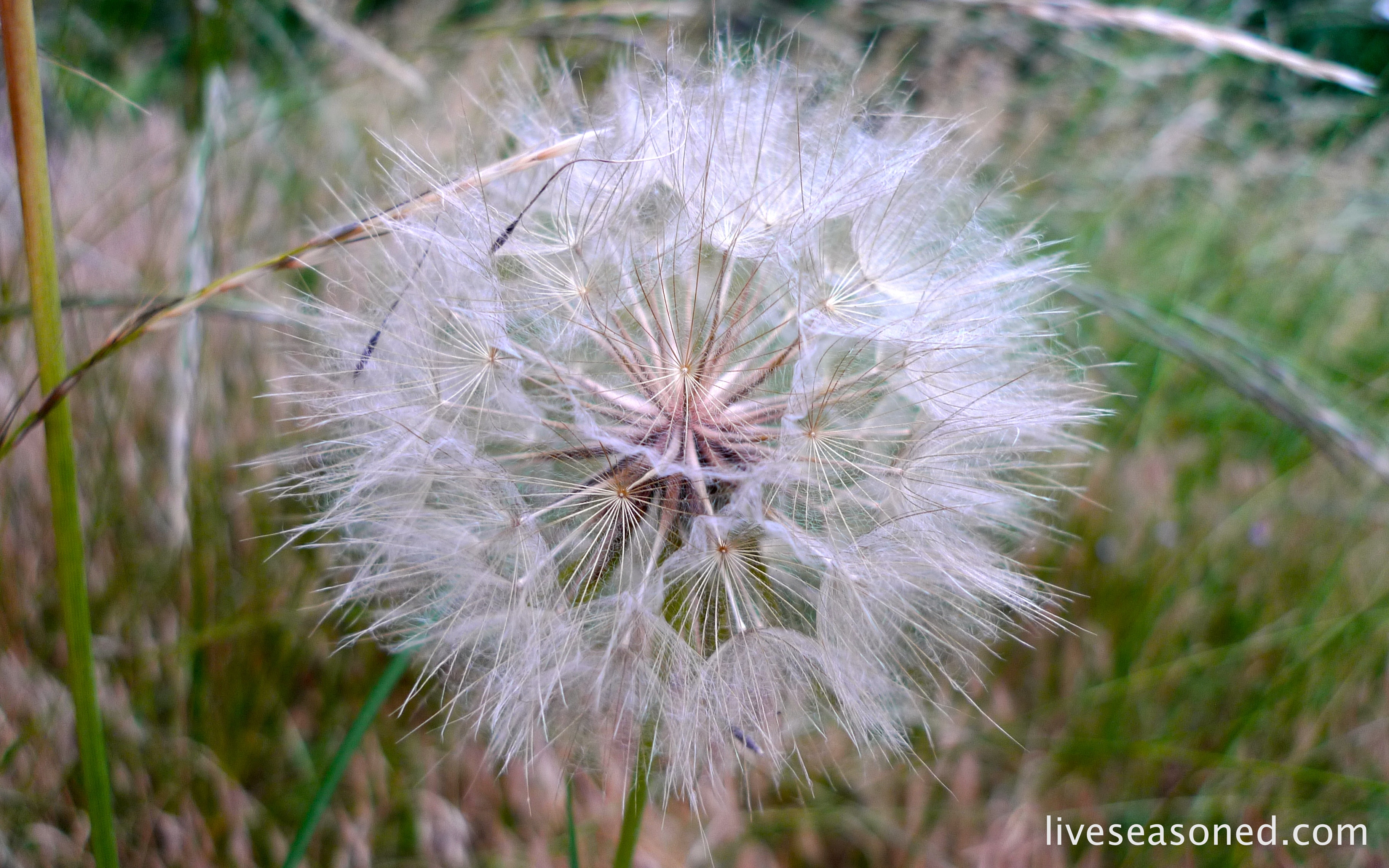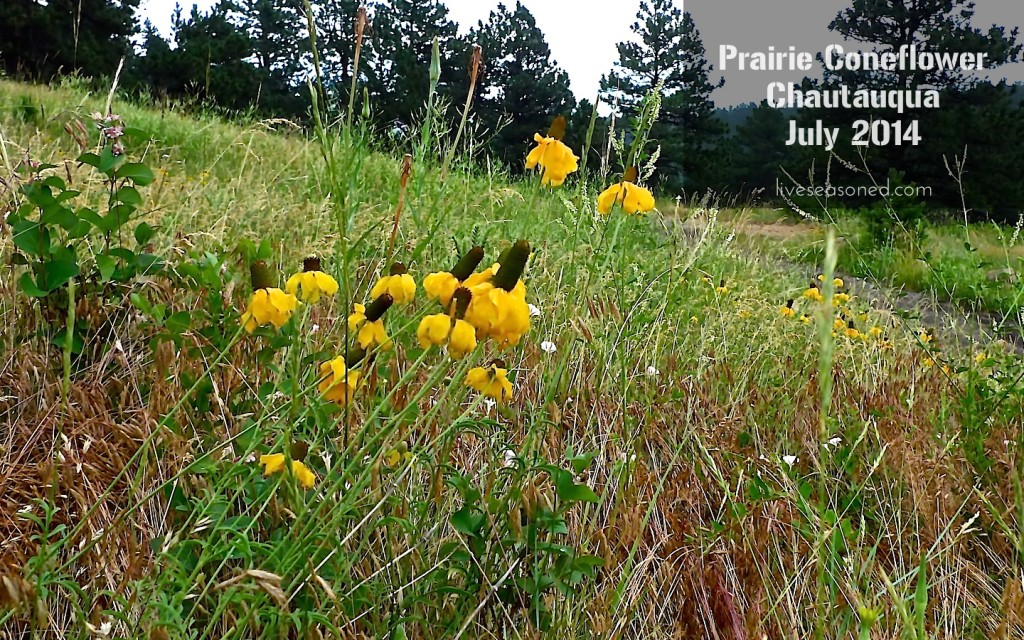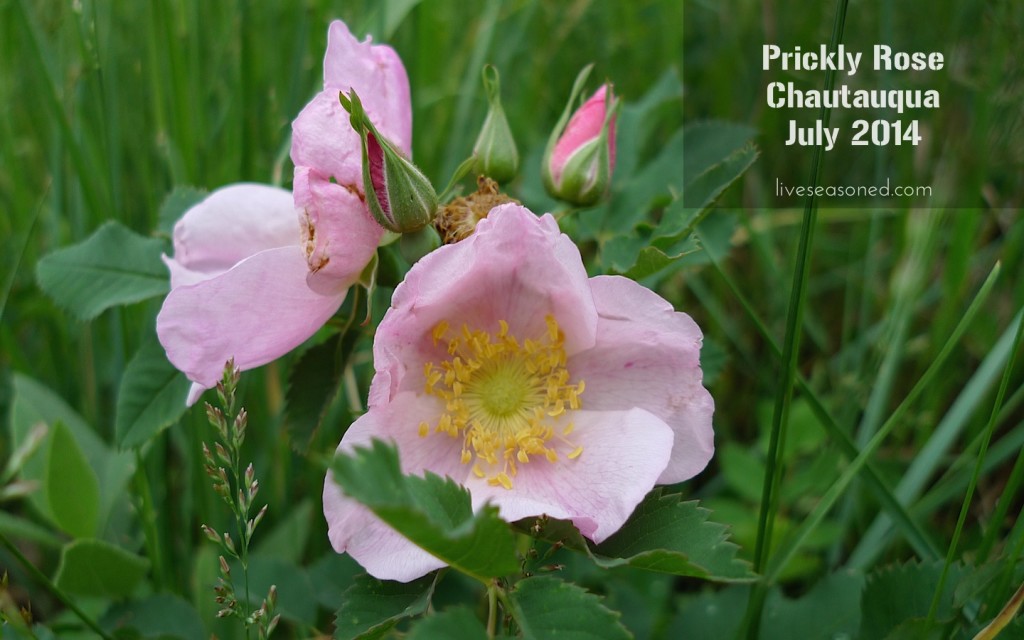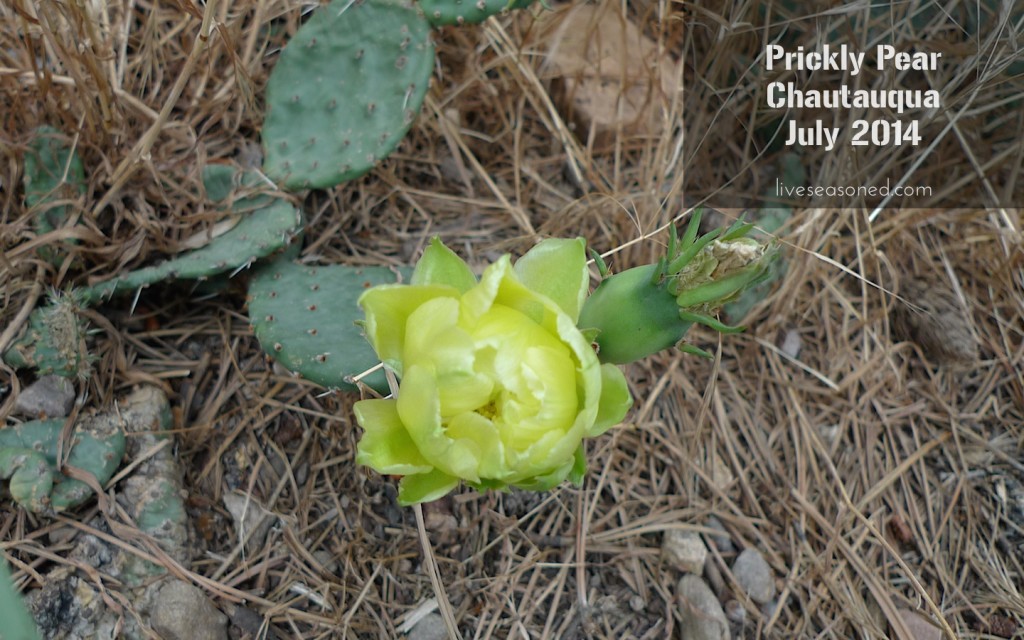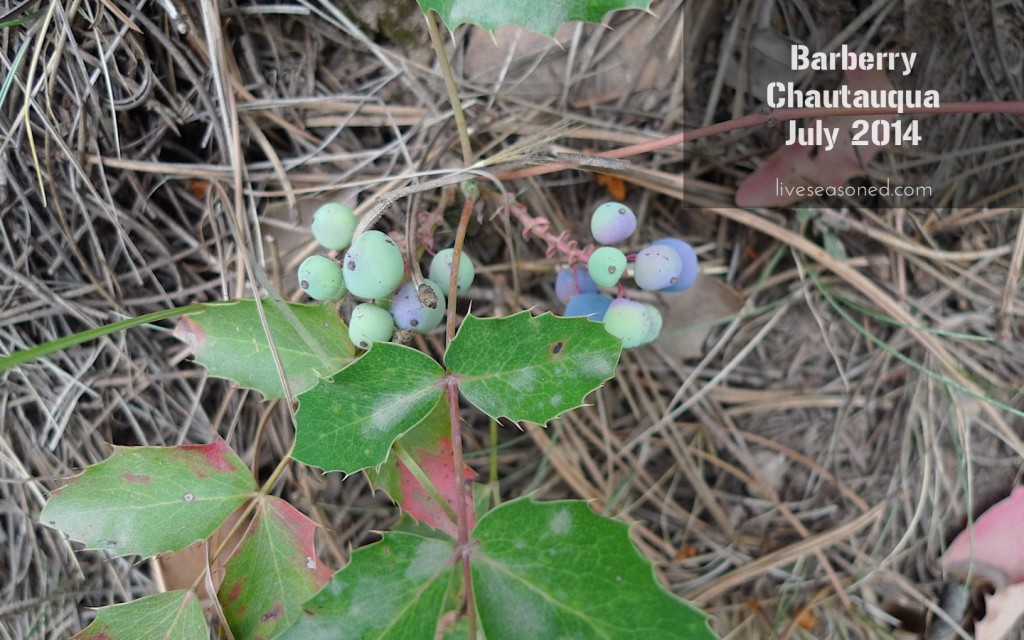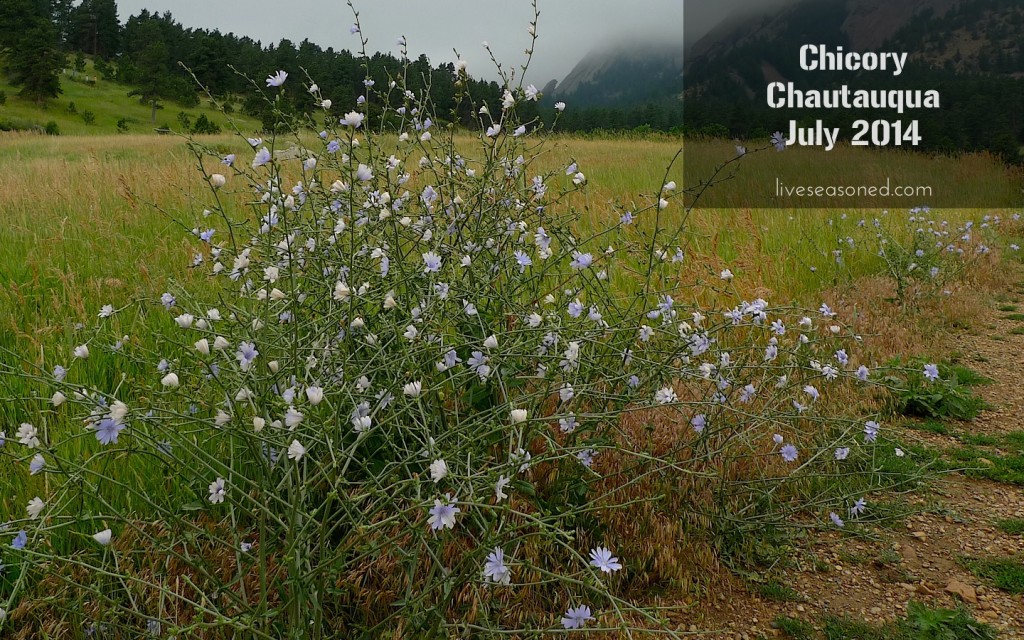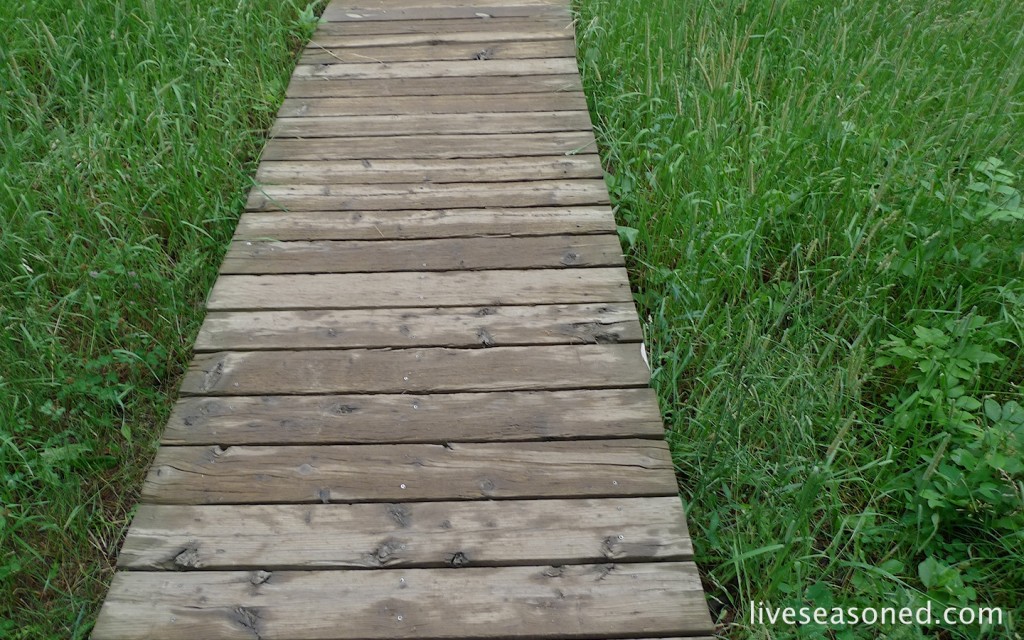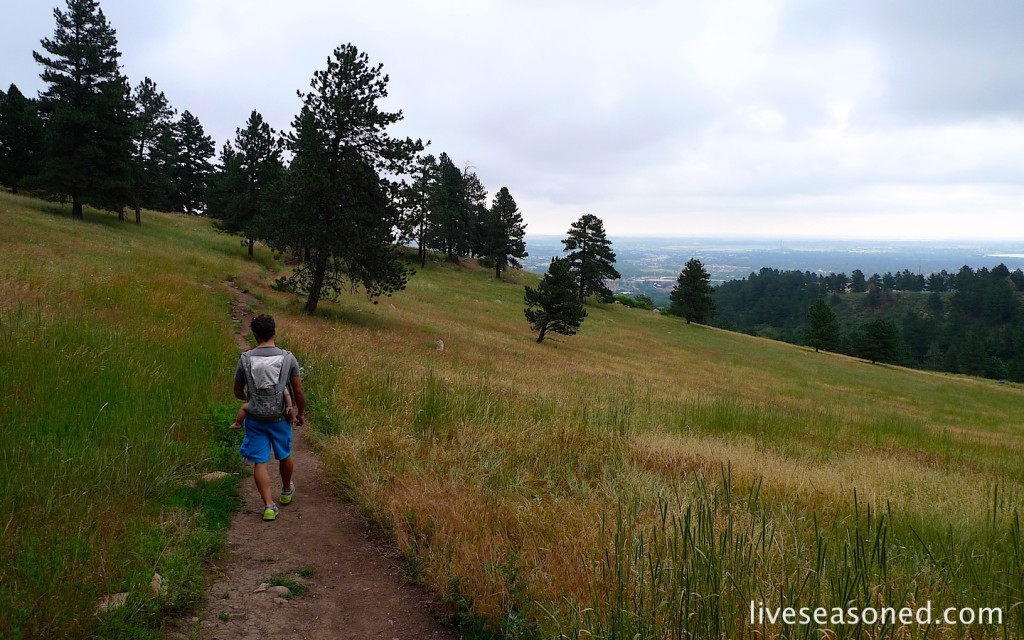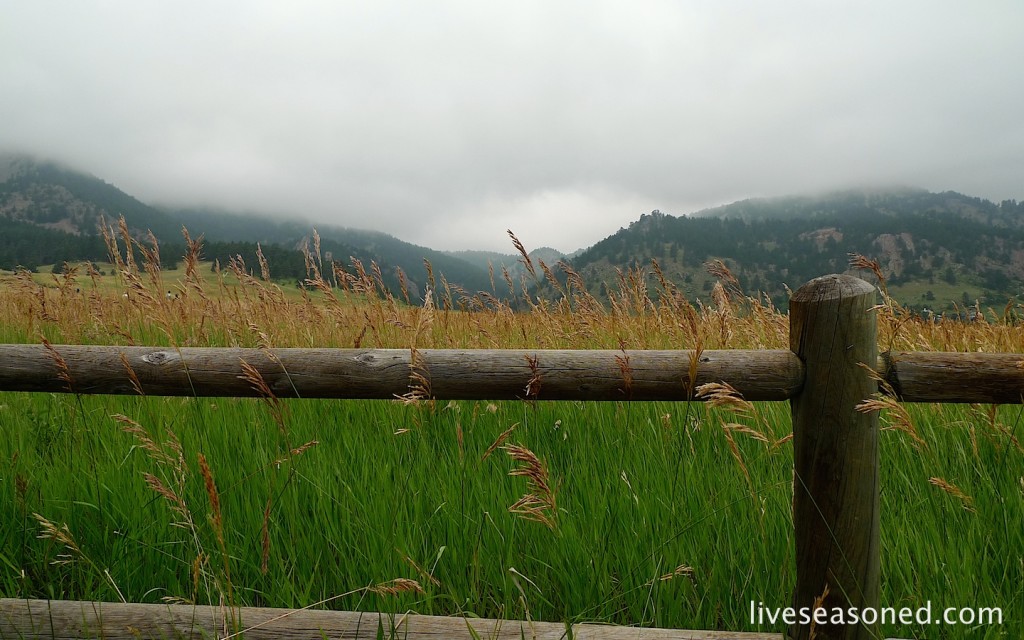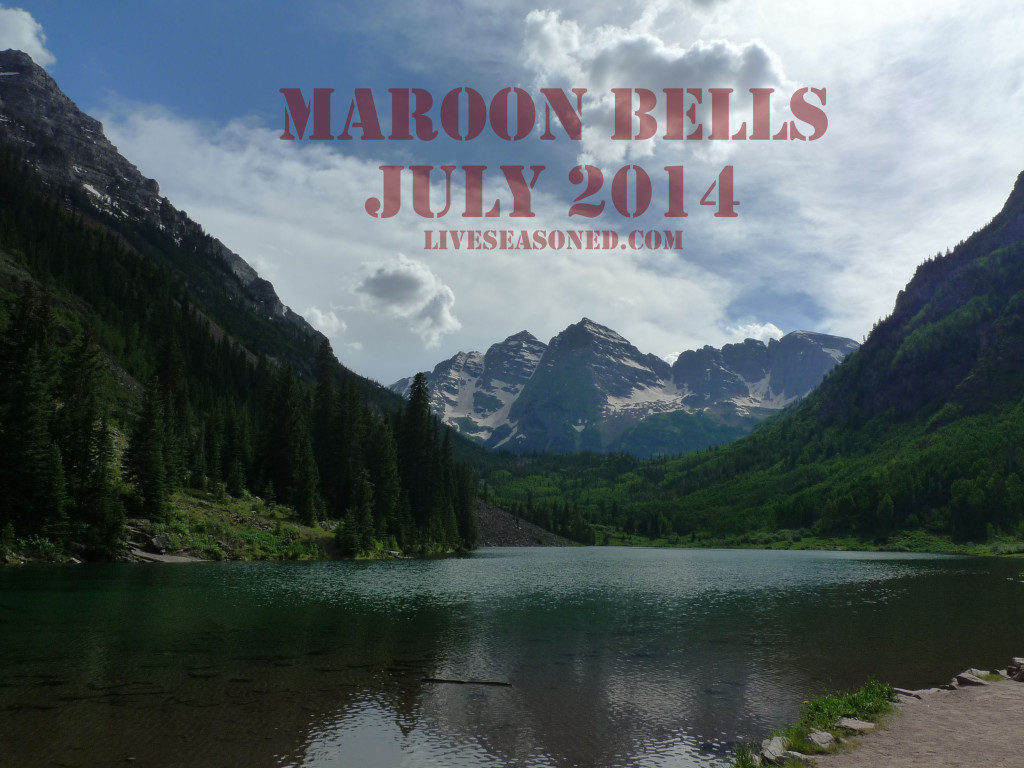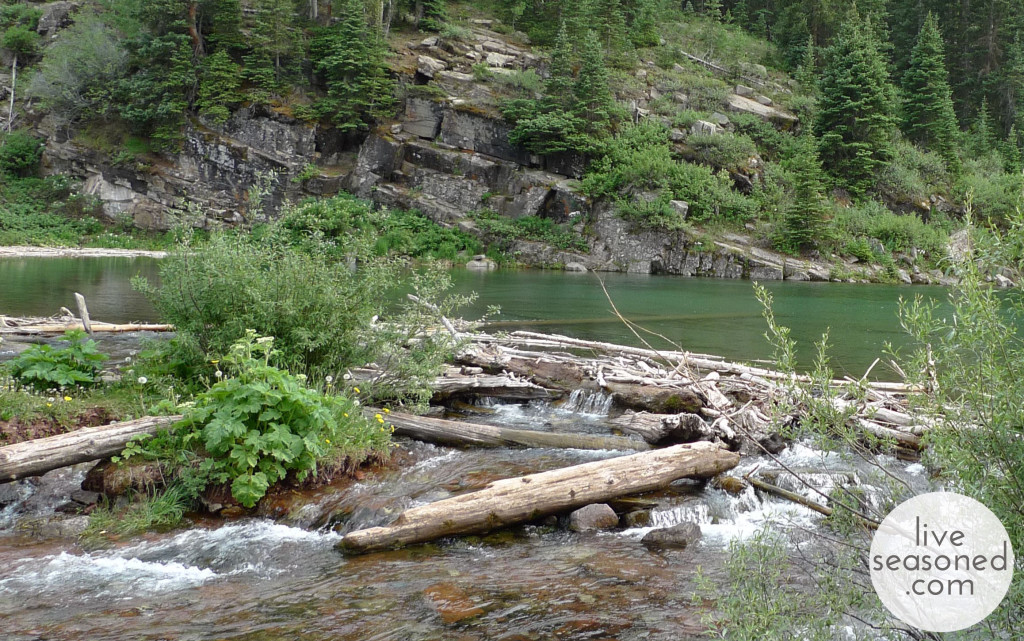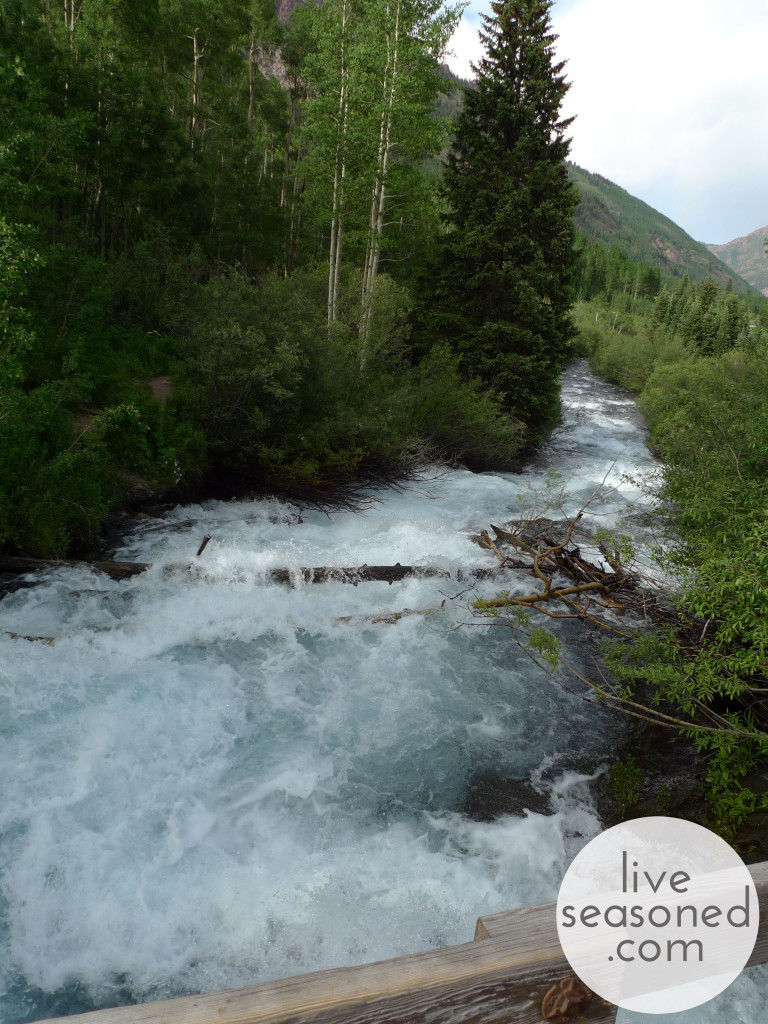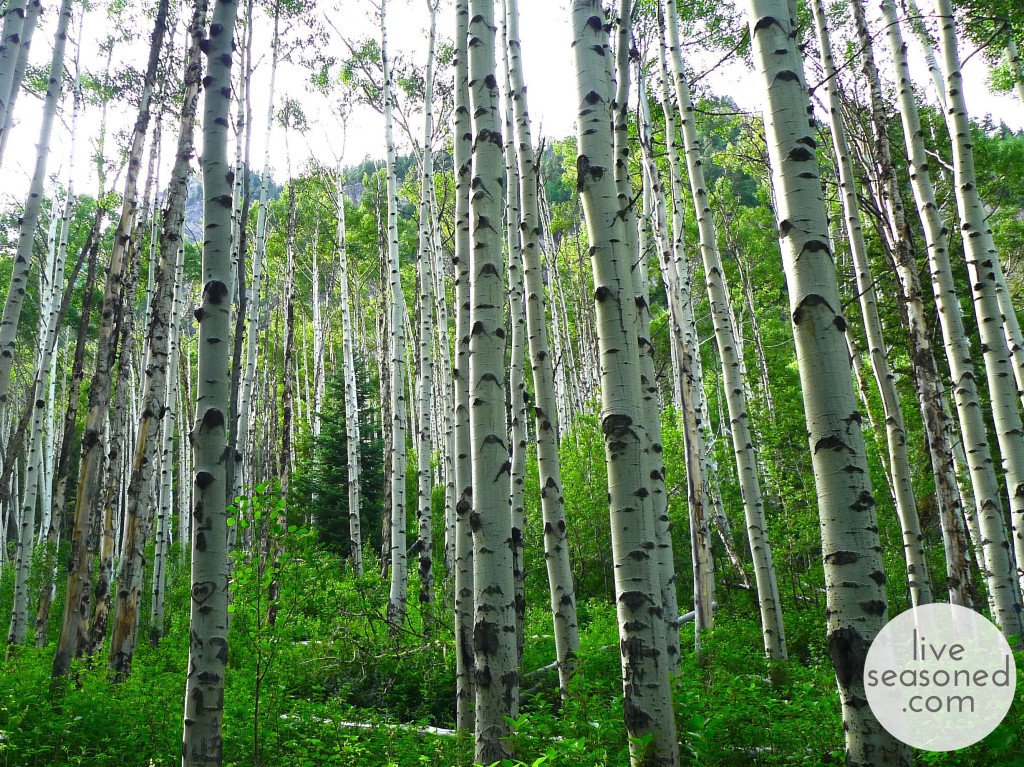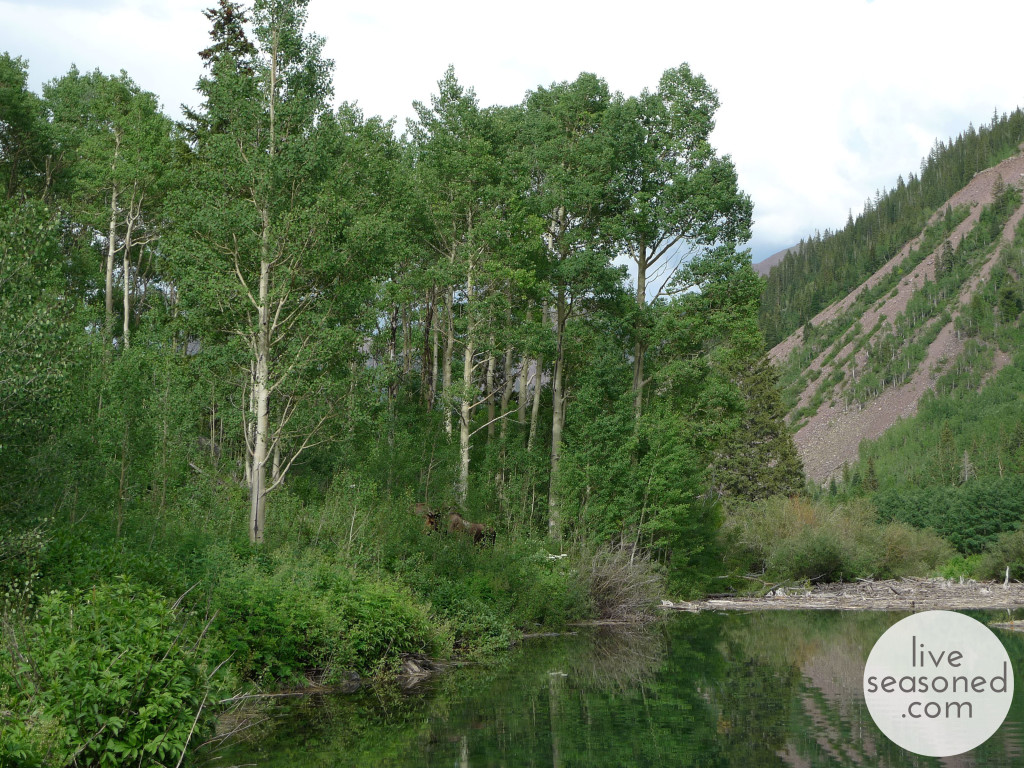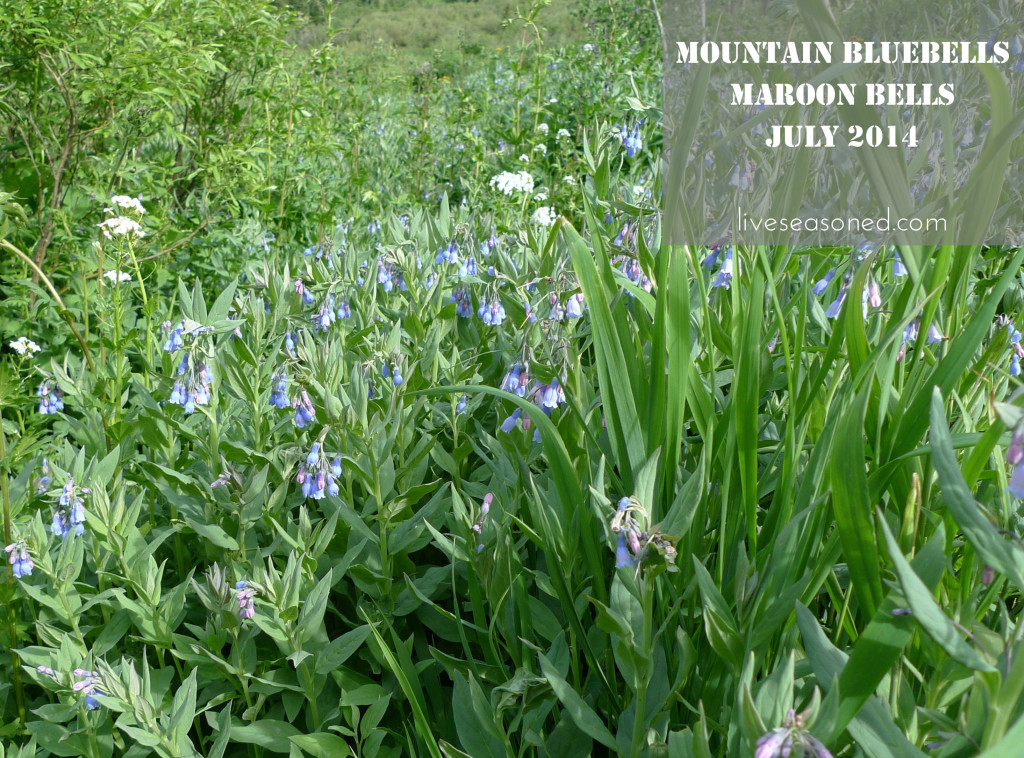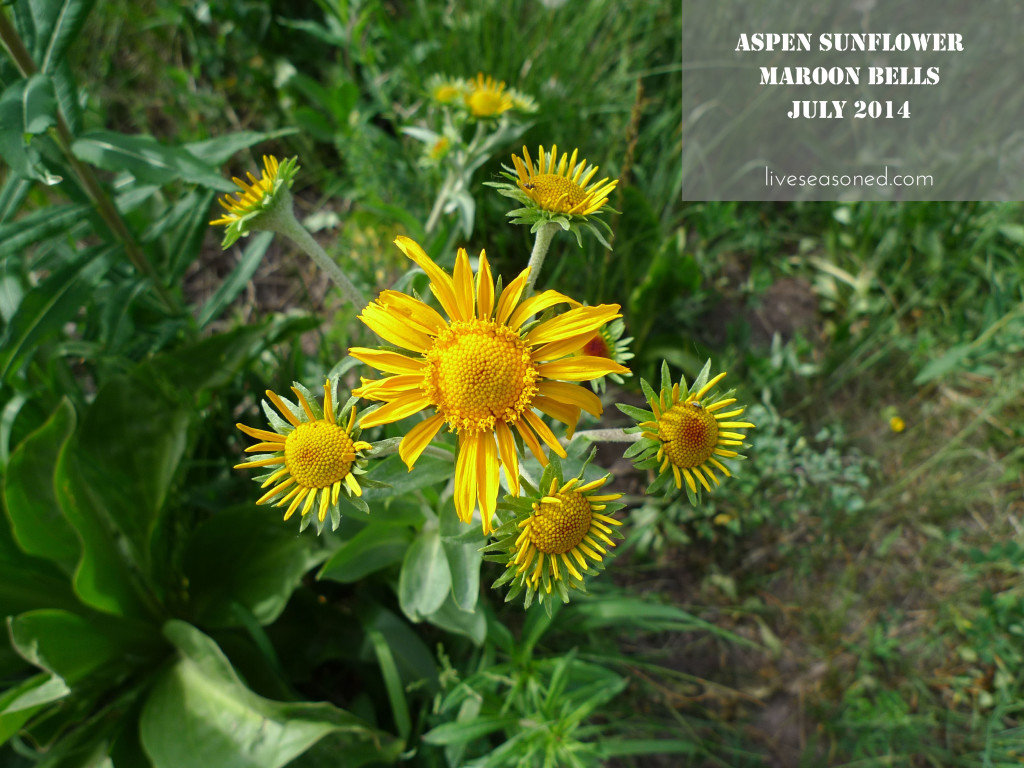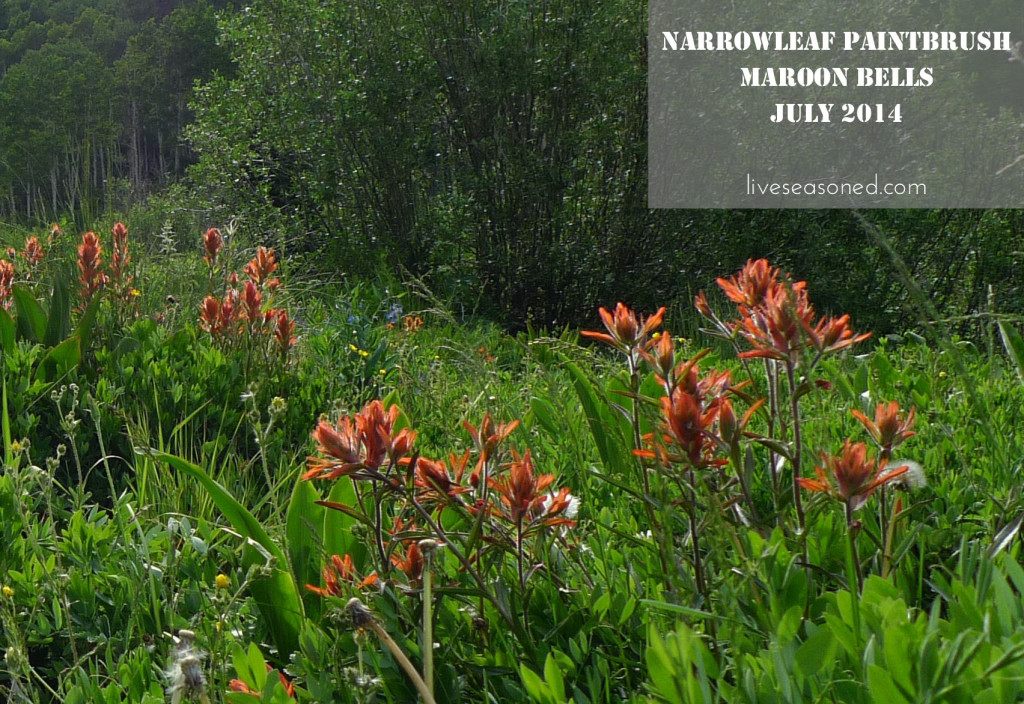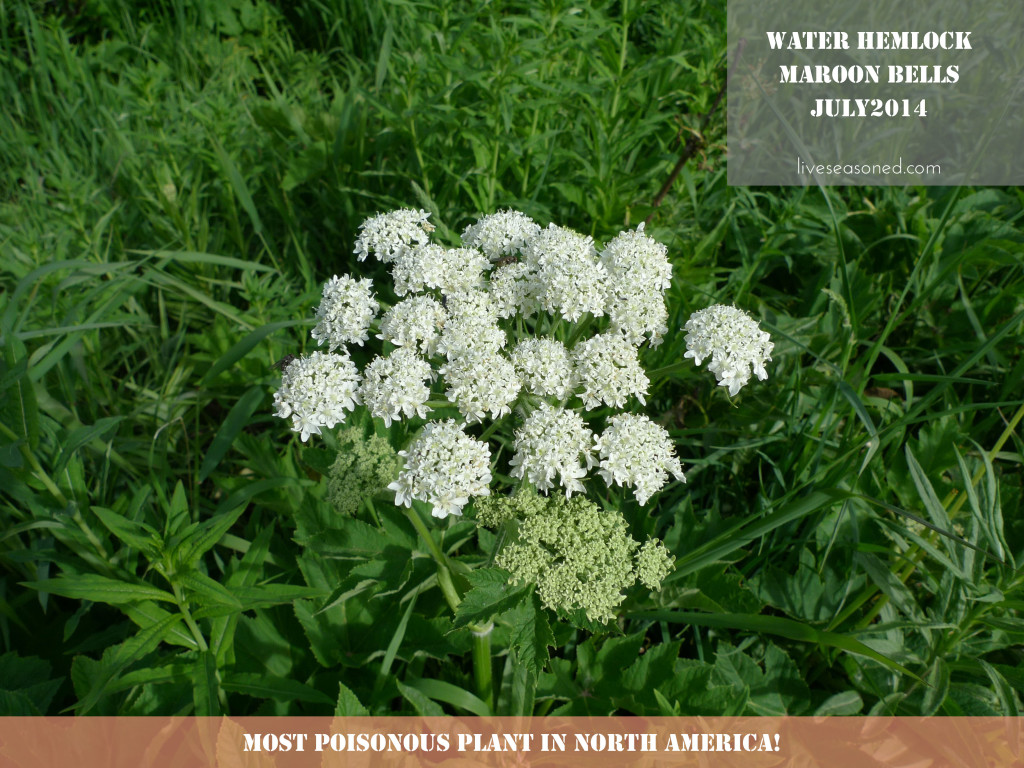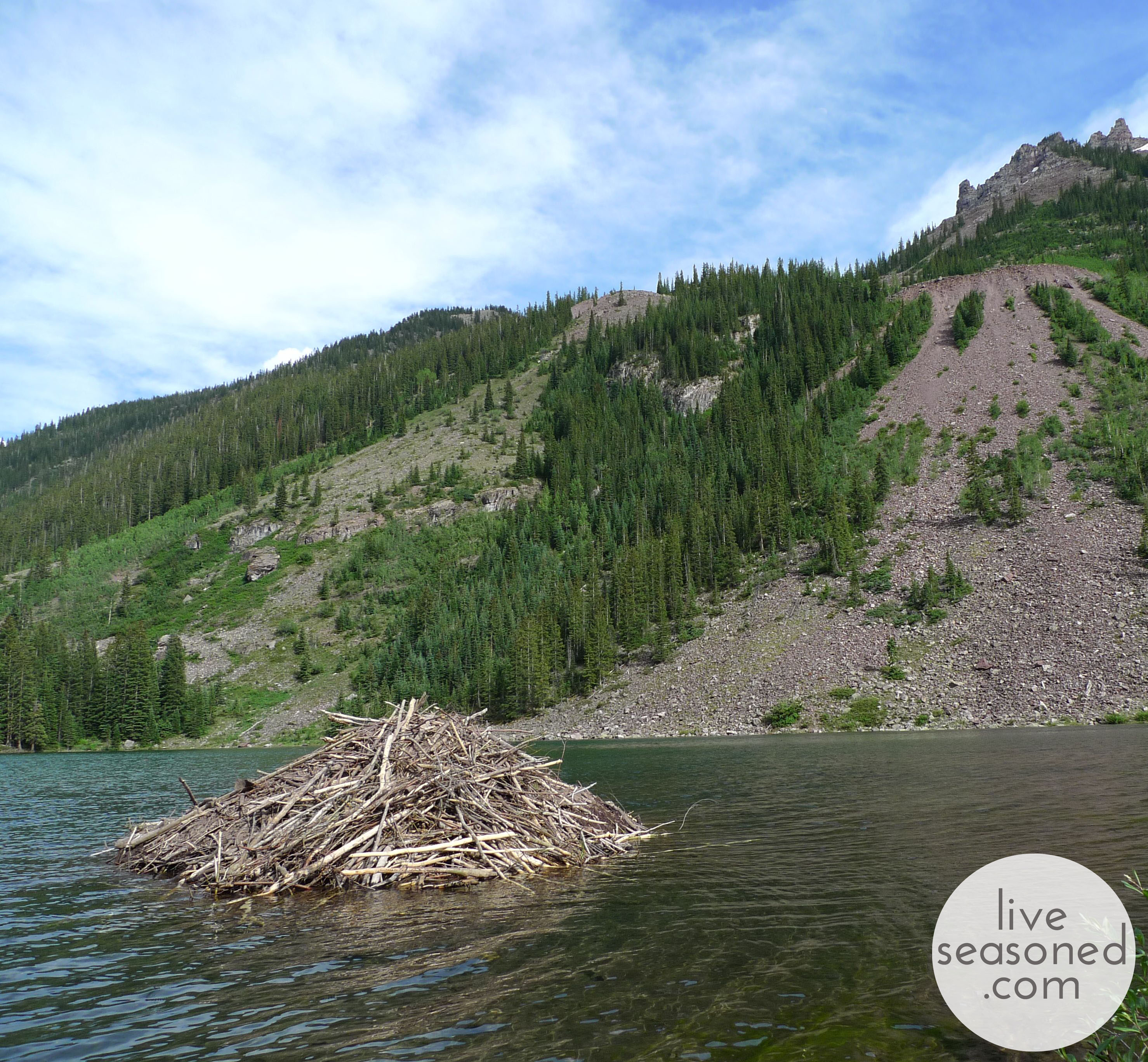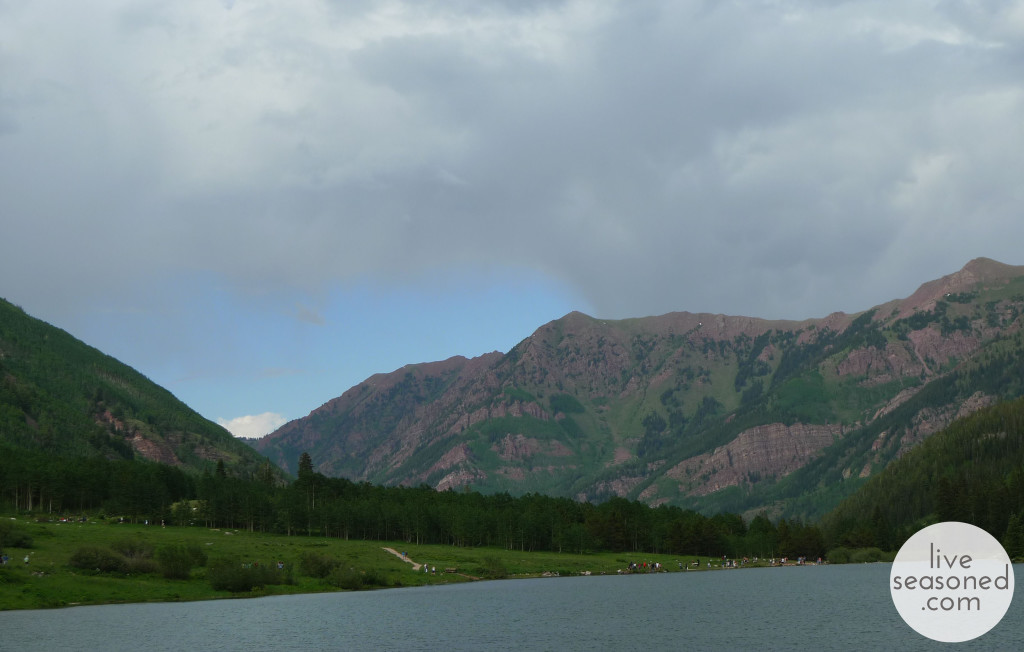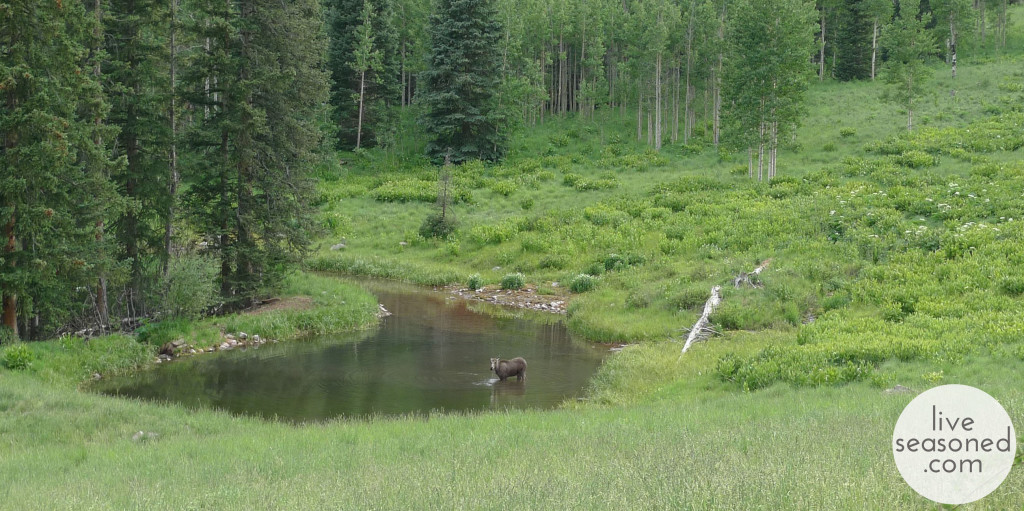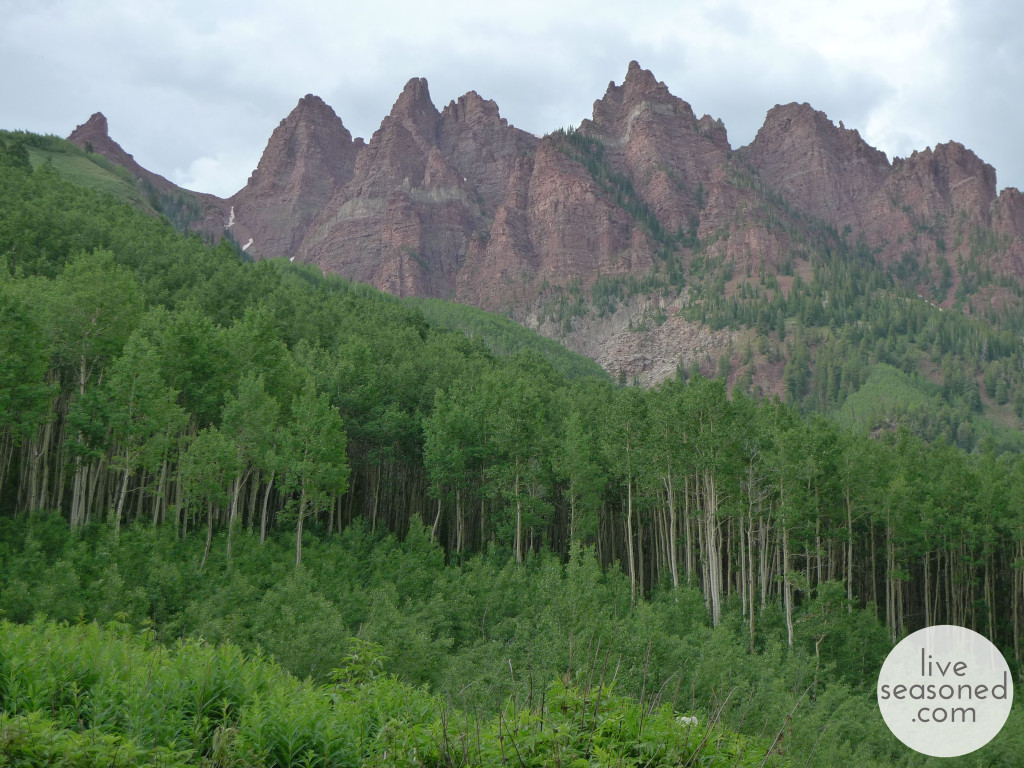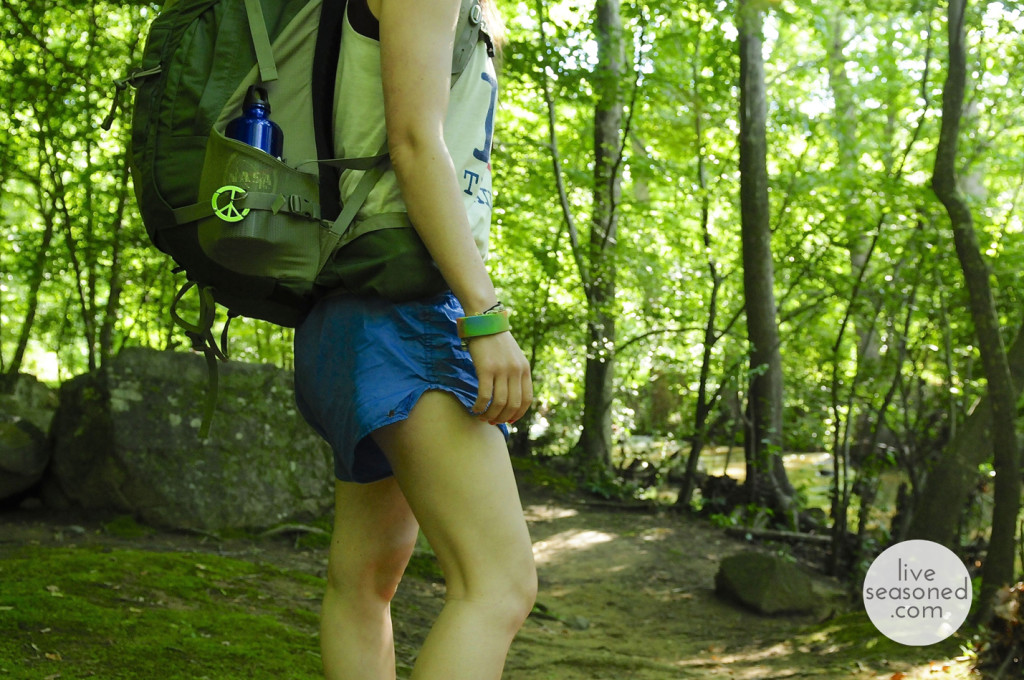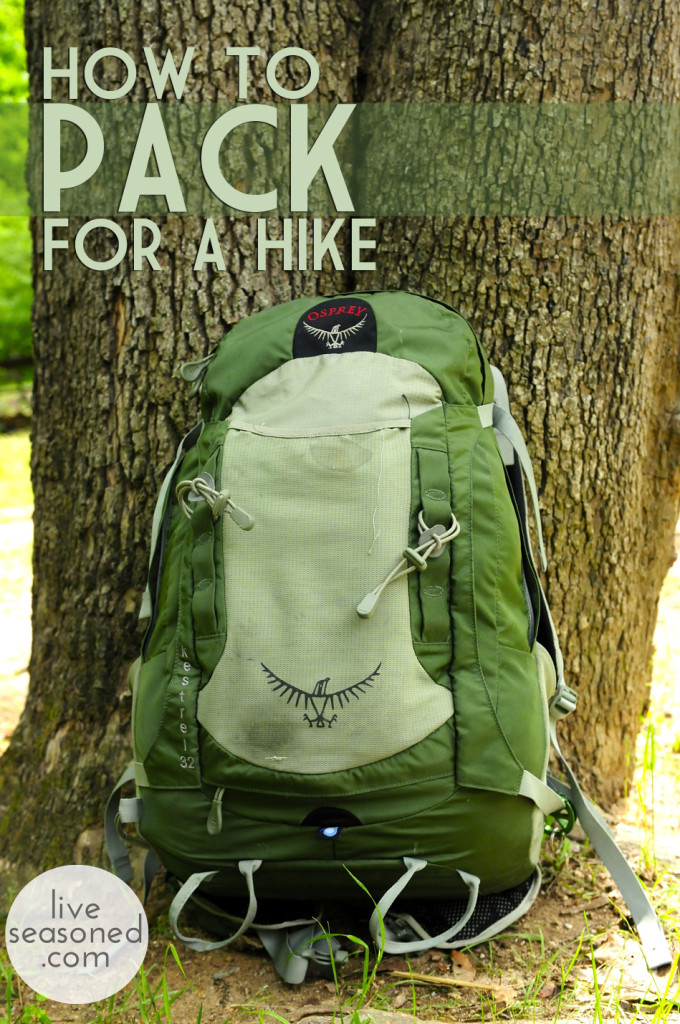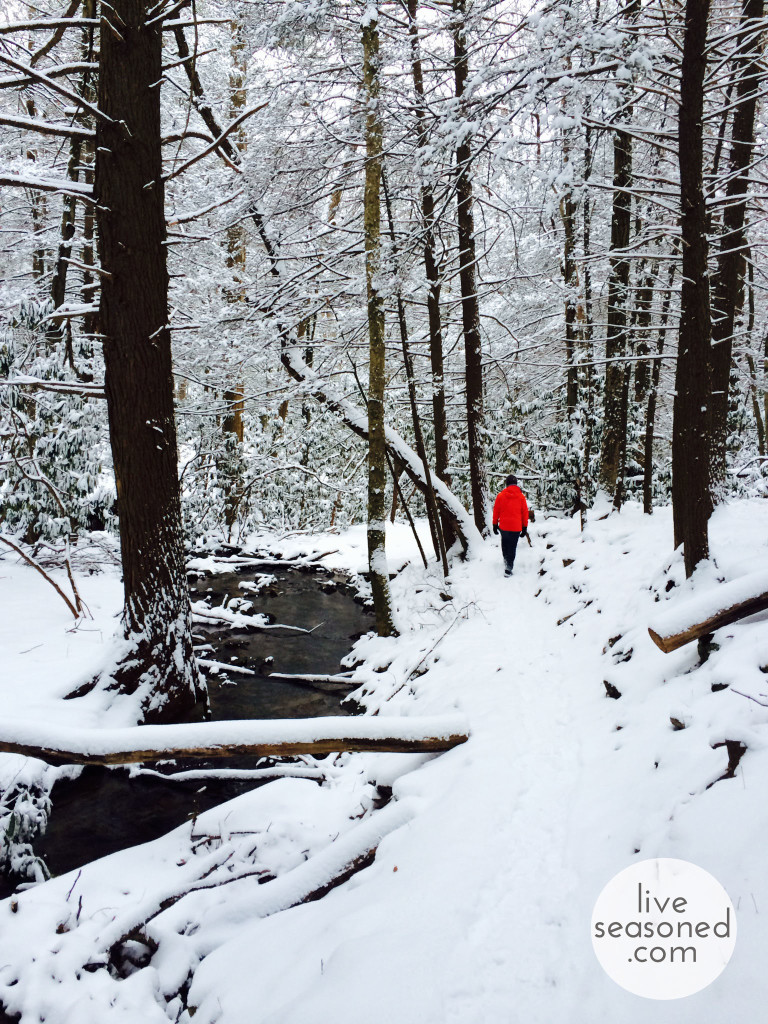
We are serious about our hikes.
They aren’t crazy epic adventures, just 40-90 minutes in the woods on any given afternoon. Unfortunately, because of the shorter days we end up taking a lot fewer hikes in the winter than in the summer. But ~ when we push it and get out, that simple walk cures any sign of crazy cabin fever that’s so contagious at this time of year.
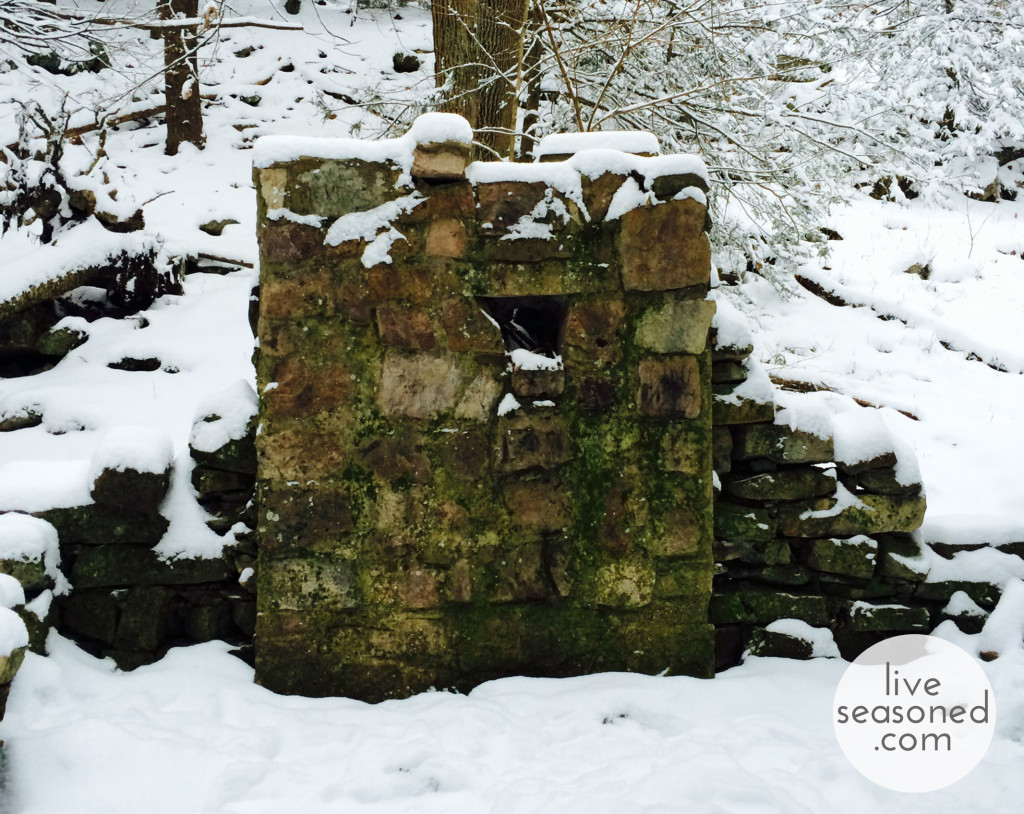
When we were on this hike, Calder and I were talking about what we each find essential for a good winter walk. His answer: all you need is a charged iPhone and a good pair of boots. My list, which I’ll share below, was a bit more detailed, but the focus was the same: keep it simple, smart, and of high quality. This is the key to making it to the woods when all you want to do is hibernate.
Don’t let having a baby hold you back! We love to get out with Alex, and he definitely loves to take in the scenery. While being in the house all day may make this little guy grumble, a trip outdoors really soothes his soul. He’s quiet and wide-eyed, absorbing the sights and the sounds of the forest.
My list for a short winter hike:
- good shoes and socks. This is key. You won’t be comfortable if you don’t have a secure footing and warm toes for trails that may have snow, some ice, mud, rocks, and roots.
- hat and gloves (obvs, I know)
- a charged phone (for all of the reasons Calder mentions below)
- a map or good knowledge of the area. If you’re hiking in a new-to-you area, pick up a good trail map. We go hiking in a local state forest, and many of the bike and outdoor supply shops sell maps marking all of the forest trails.
- the right timing. You don’t want to get caught in the woods in the dark in the cold (of course, this is when your phone’s flashlight comes in handy). Ideally you can start your hike with plenty of daylight left, but if you know the sun is going to set in 30 minutes, do a quick 15 min out and back hike, and don’t push it.
- a lifeline. I know Sarah’s reading this and shaking her finger saying the most important thing is to tell someone where you’re going, even for short walks. You never know when something will happen, and it’s better to be safe than sorry, so call or text someone and let them know you’re heading off into the woods.
My second tier list:
- camera (more on this below)
- water bottle. For short walks, I find that this isn’t necessary and just adds weight. I keep mine in the car and sip it before I take off and when I return.
The baby gear:
- a warm hat
- warm socks
- a baby carrier. We’ve found the Ergo to be the most comfortable carrier, particularly as Alex has packed on the pounds. The straps are easy to adjust, making it a piece of cake for both Calder and I to use it, and to switch off during the walk if we want to give each other a break.
That’s it!
Whoever is wearing the baby just zips their coat up and around him ~ that way the baby doesn’t have to wear a bulky coat, but he stays nice and cozy. Alex is nine months old, and still breastfeeding, so as long as I’m along on the walk, we don’t have to worry about food.
But back to Calder, he wanted to explain his list. The boots are a no-brainer.
The phone is essential because it will provide your flashlight and camera. If you have an app like Garmin’s navigation app, it’ll also provide your maps using satellite data (even when you don’t have cell service!). AND if you’re still nervous about setting off into the snowy woods, you can always download a winter survival app.
He had a really thoughtful response when pressed about what makes a winter hike great: a camera. He said that on any hike, if he has a camera (i.e. phone) along it, he’ll often slow down to take in the details more than if he doesn’t. I agree, sometimes I can be on autopilot, just walking along and thinking without really taking in the scenery. Don’t get me wrong, that kind of walk is great too, but if my mission is to get out and enjoy the woods, then I want to keep my eyes and mind open to what’s in front of me. Before Alex (B.A.), I used to take my digital camera on every hike, now there are times when I just take the phone and use its camera.
And surprise! In an effort to keep it simple for this post, we just used our phones for the photos. What do you think? Could you tell?
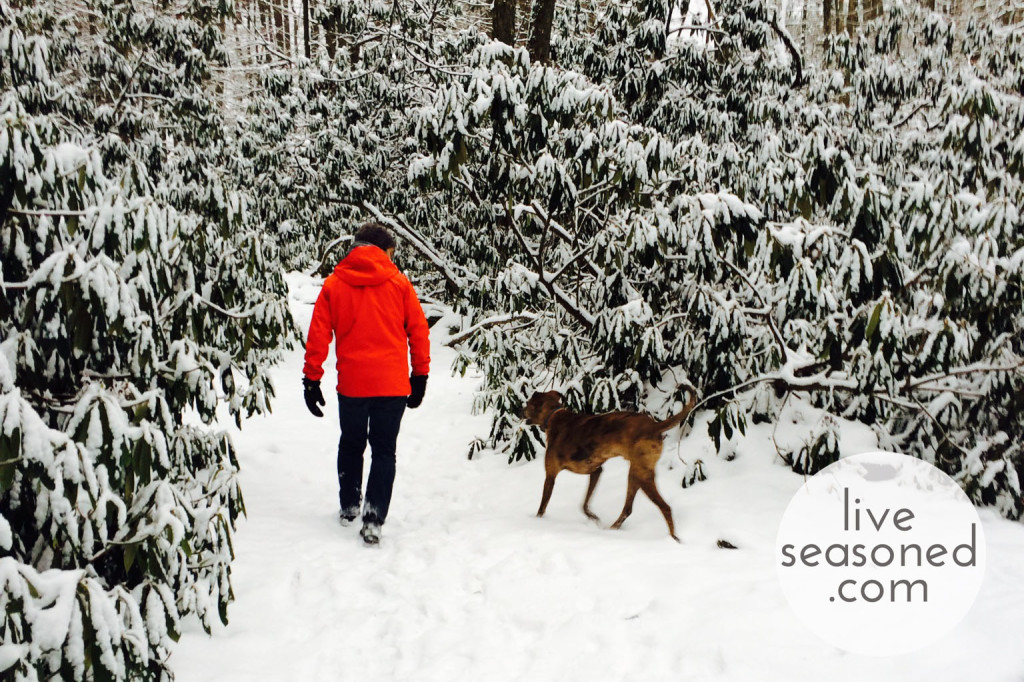
What about you? Are you a winter hiker? If so, anything on your list that I missed?

